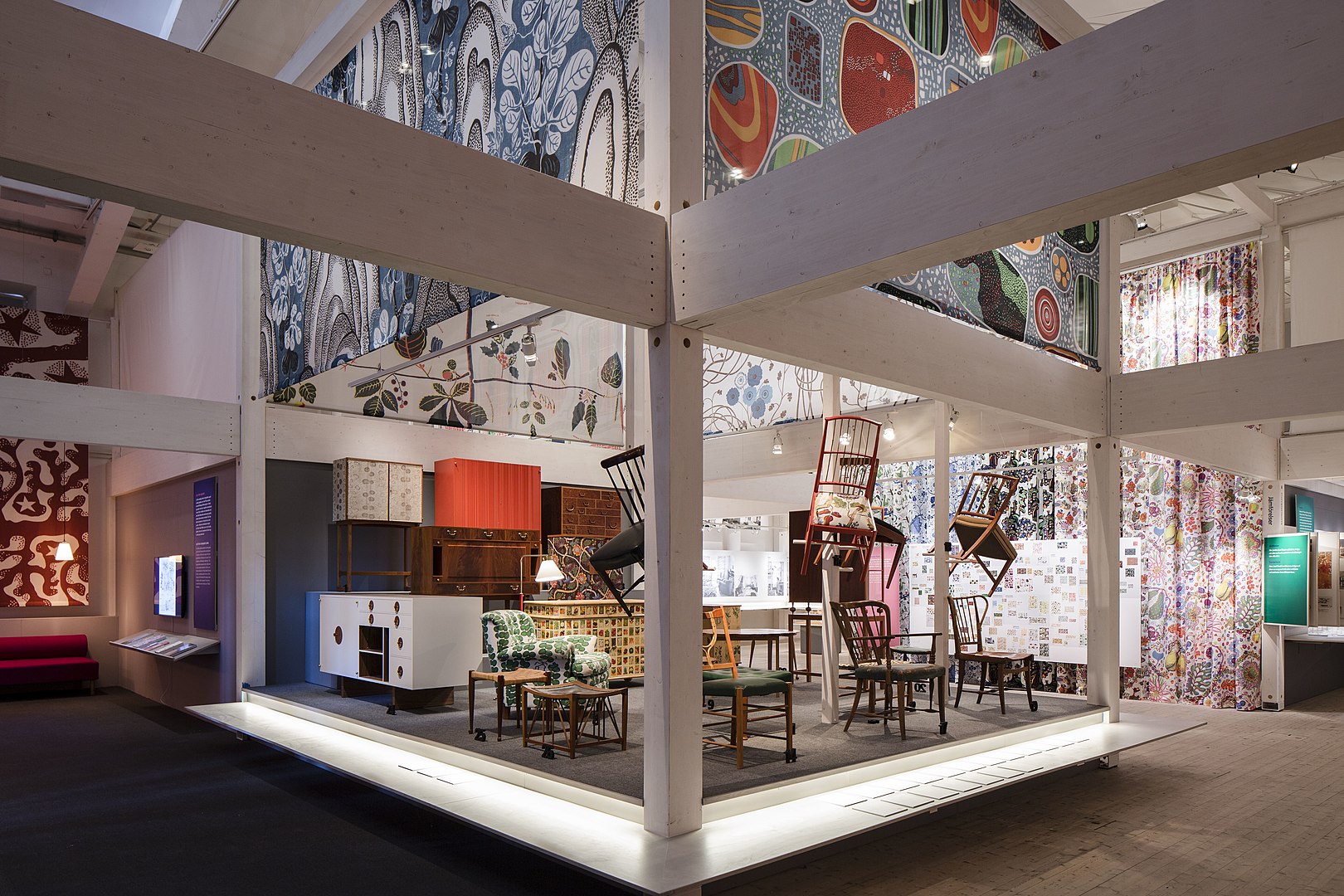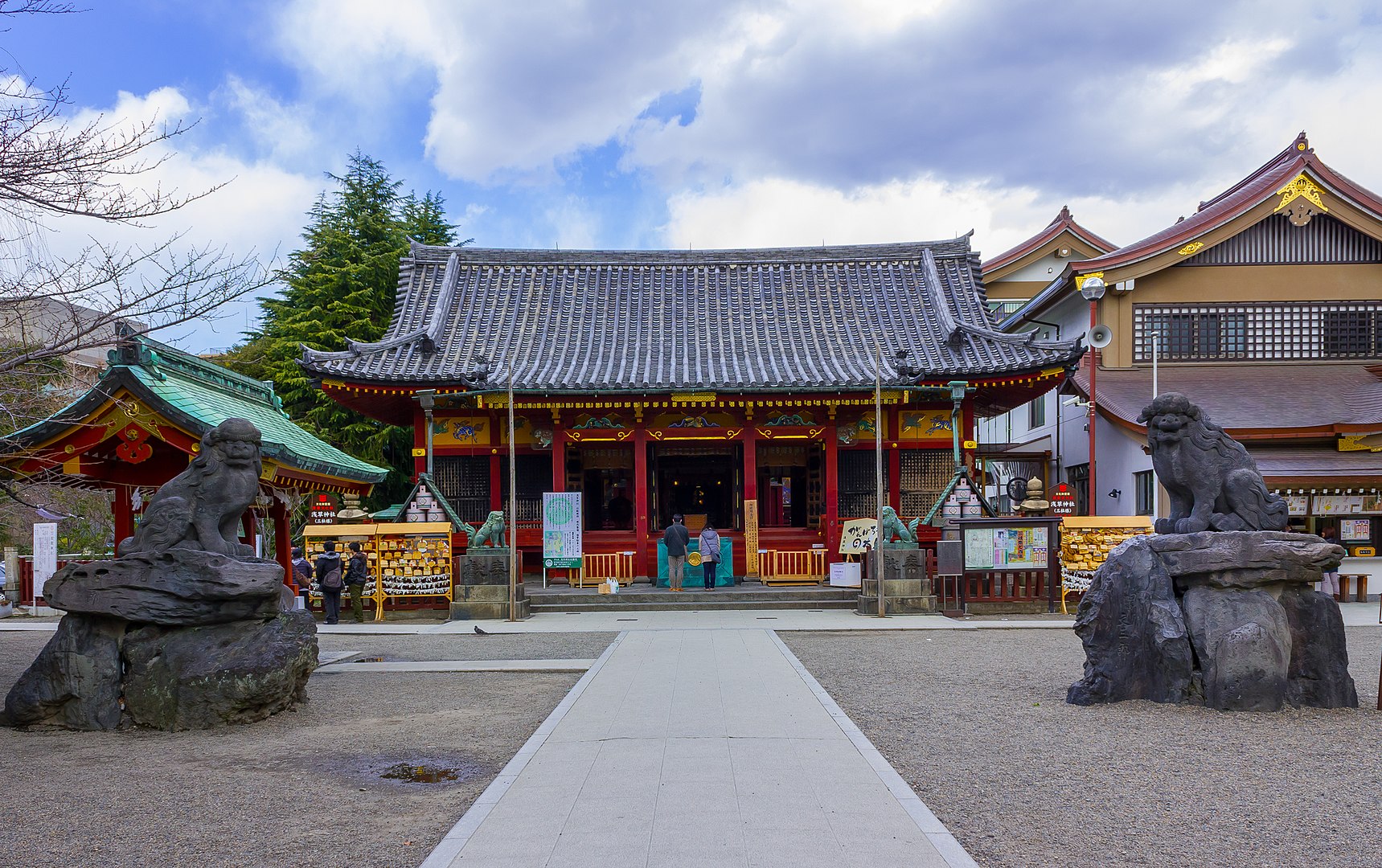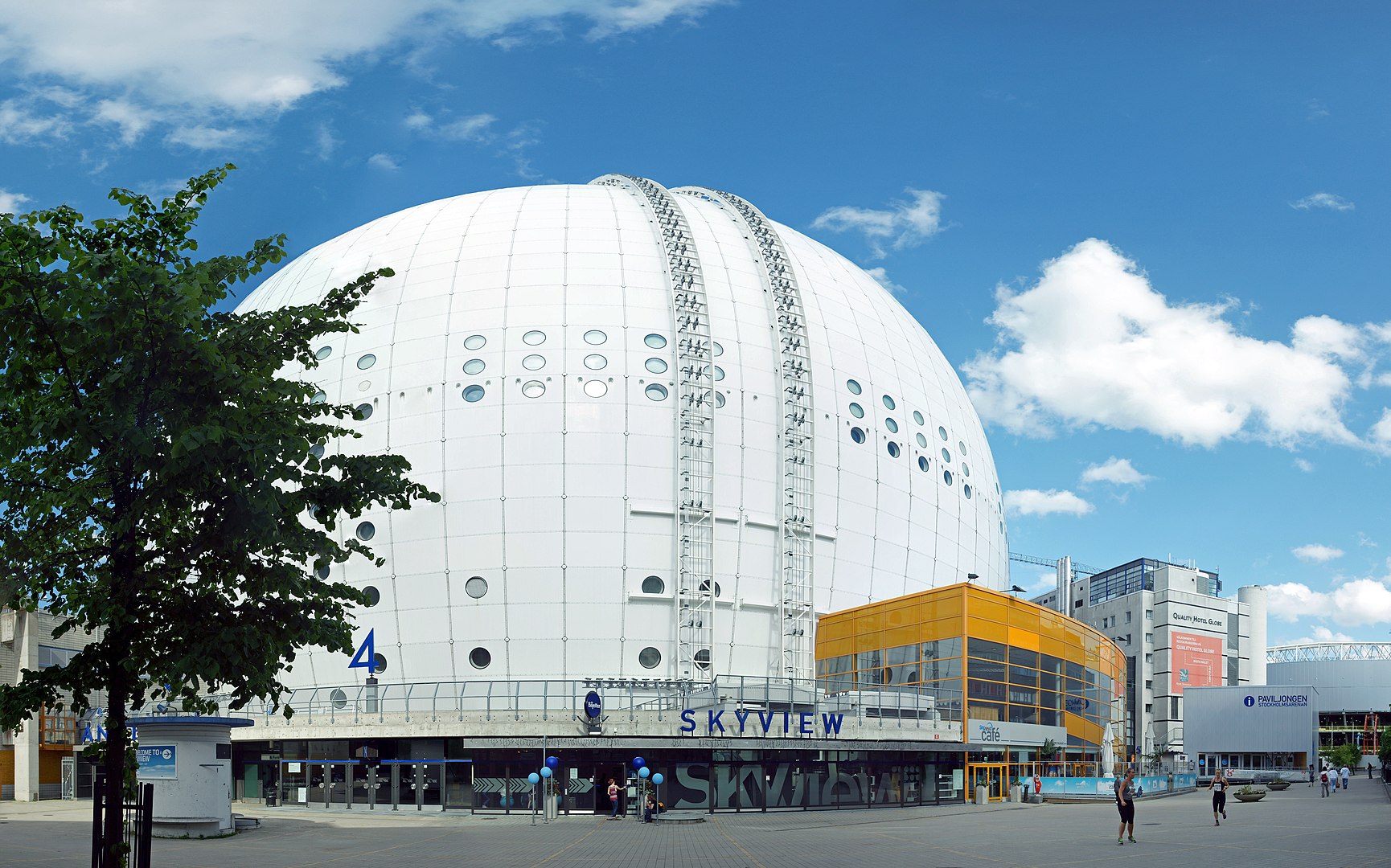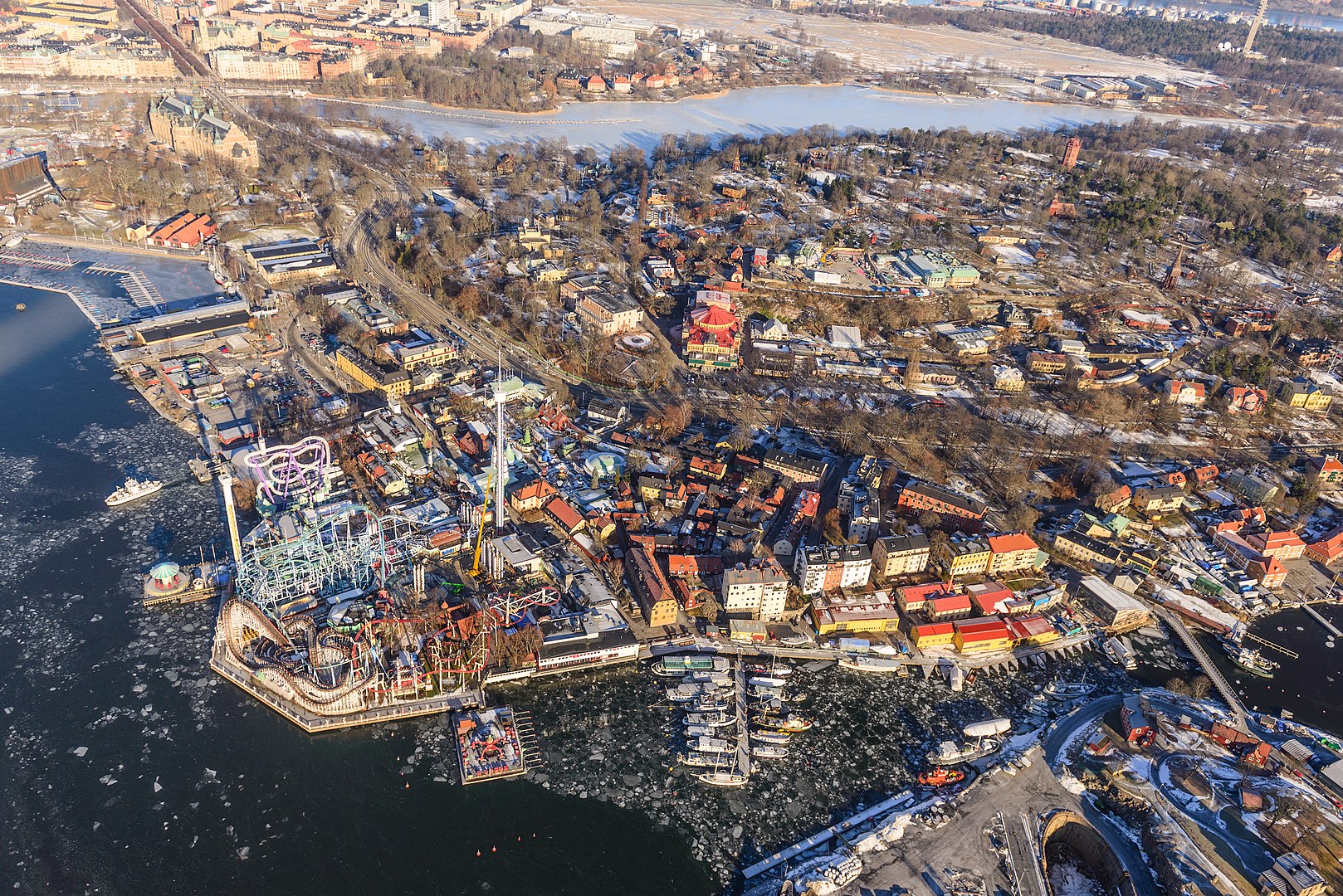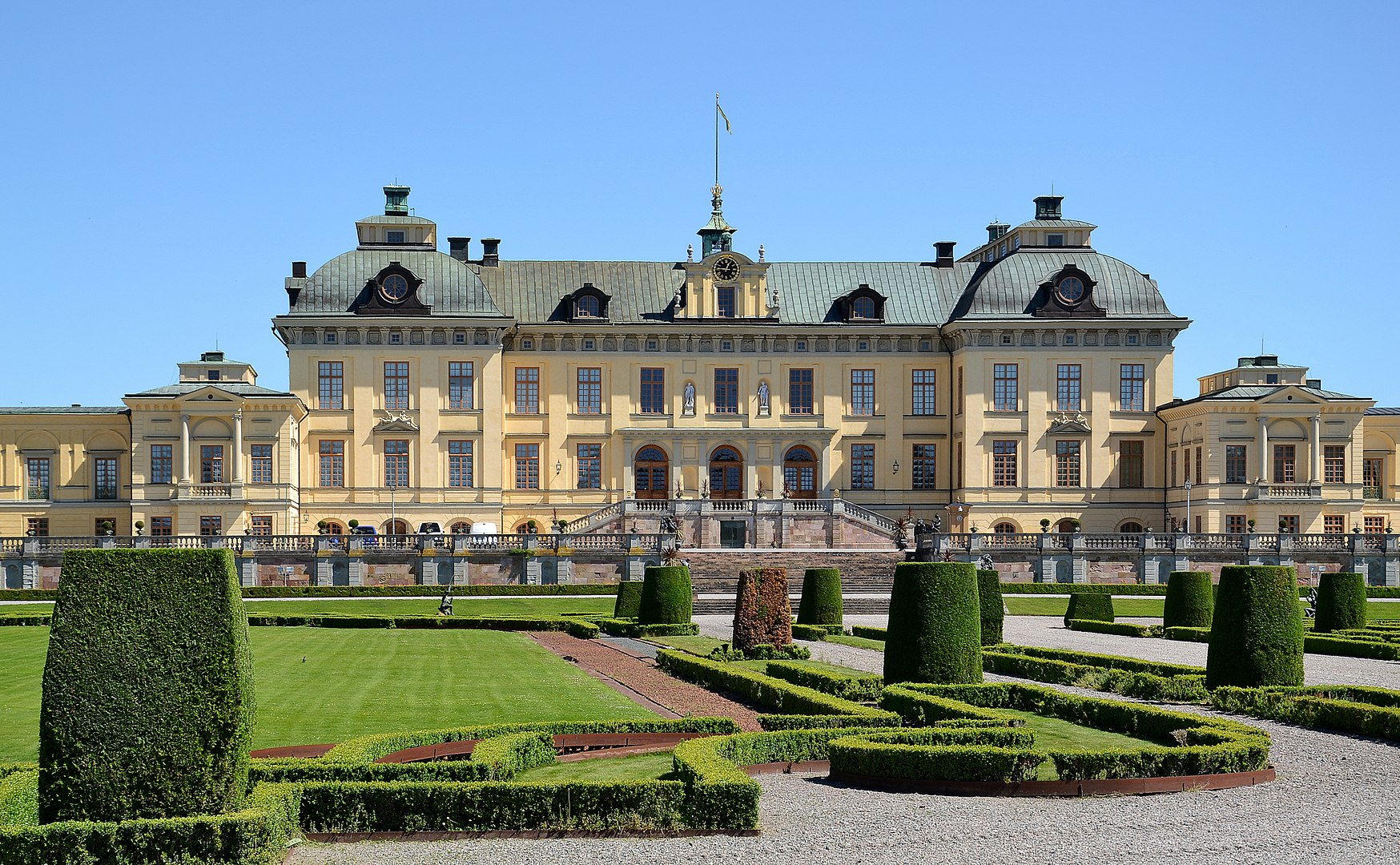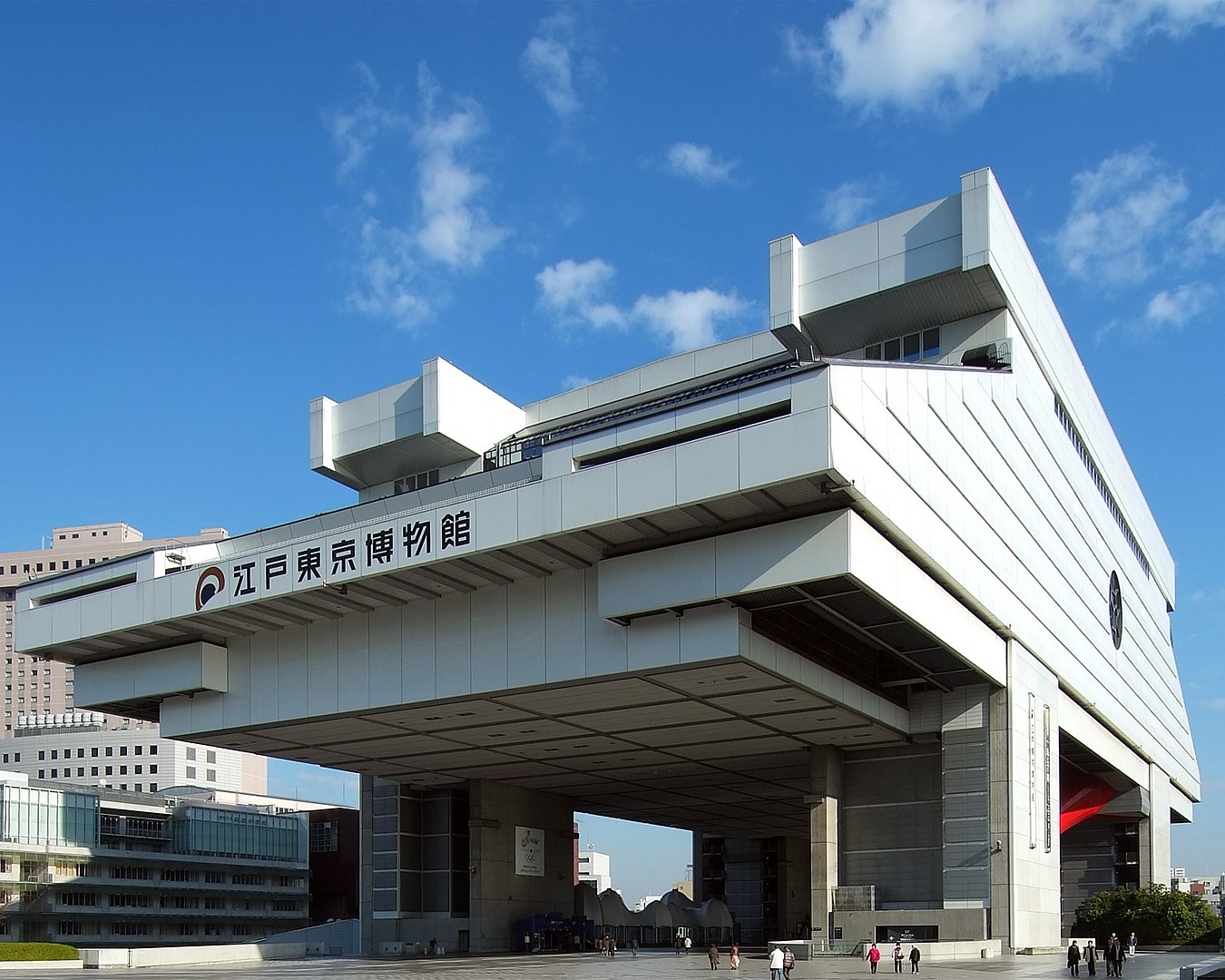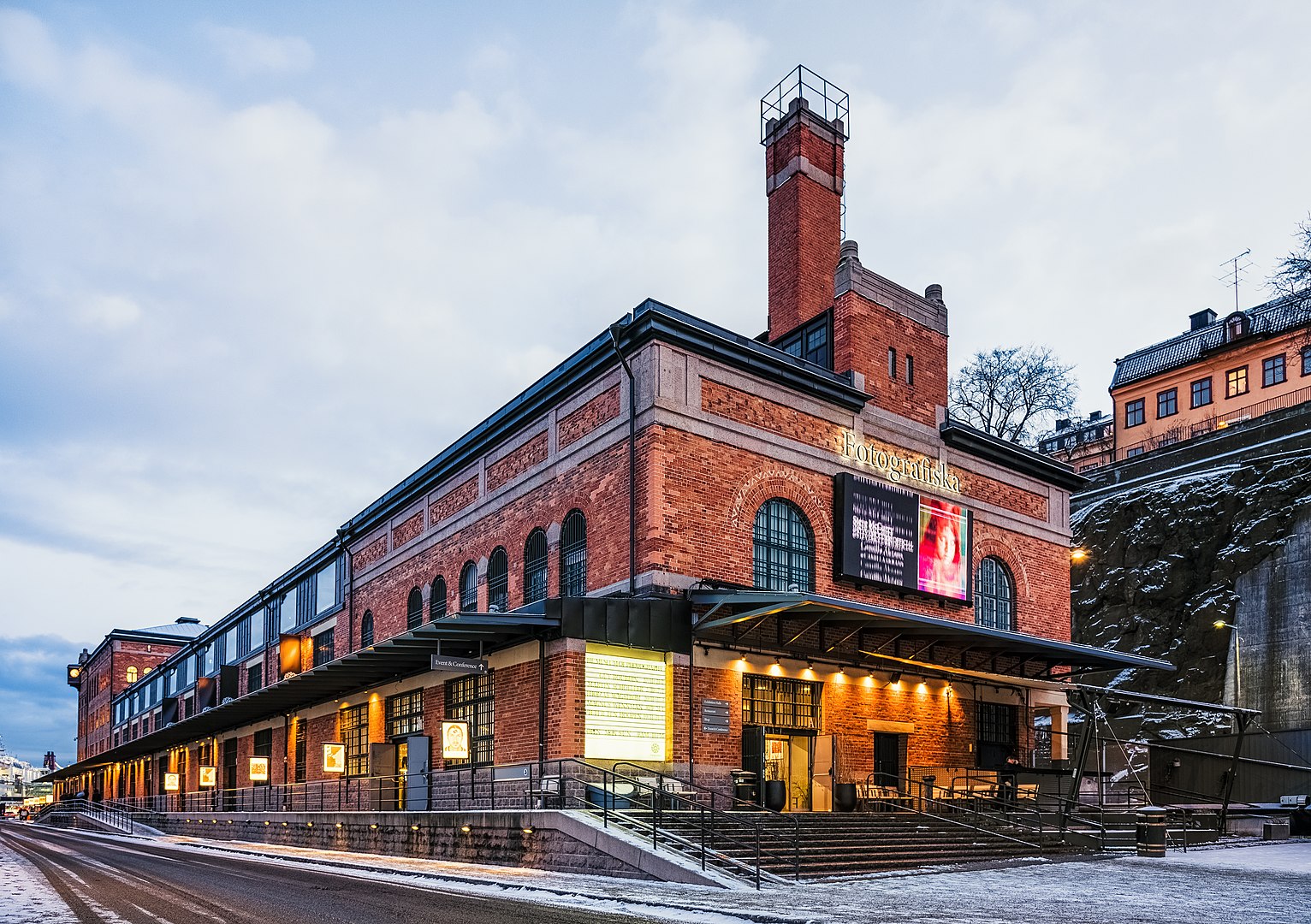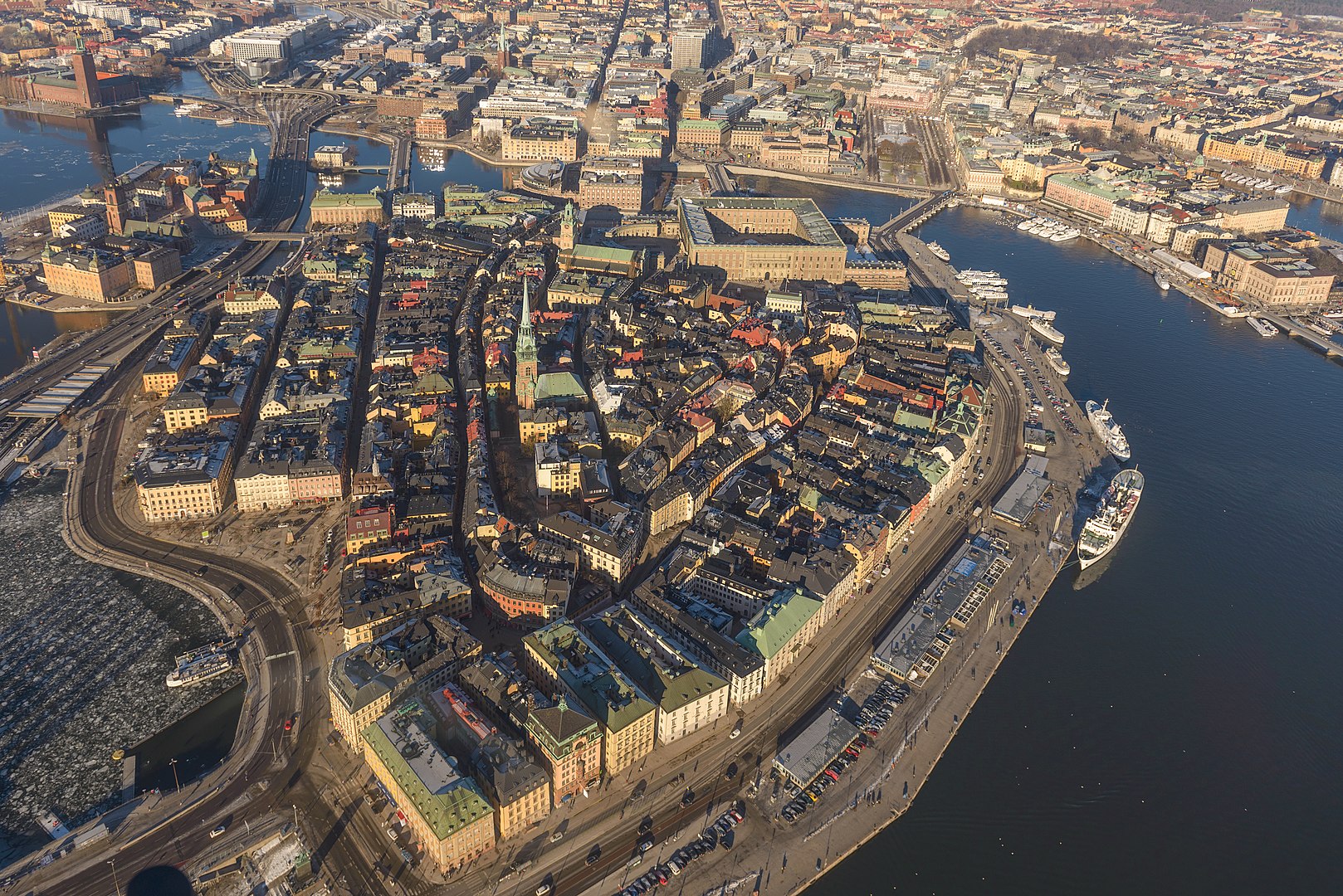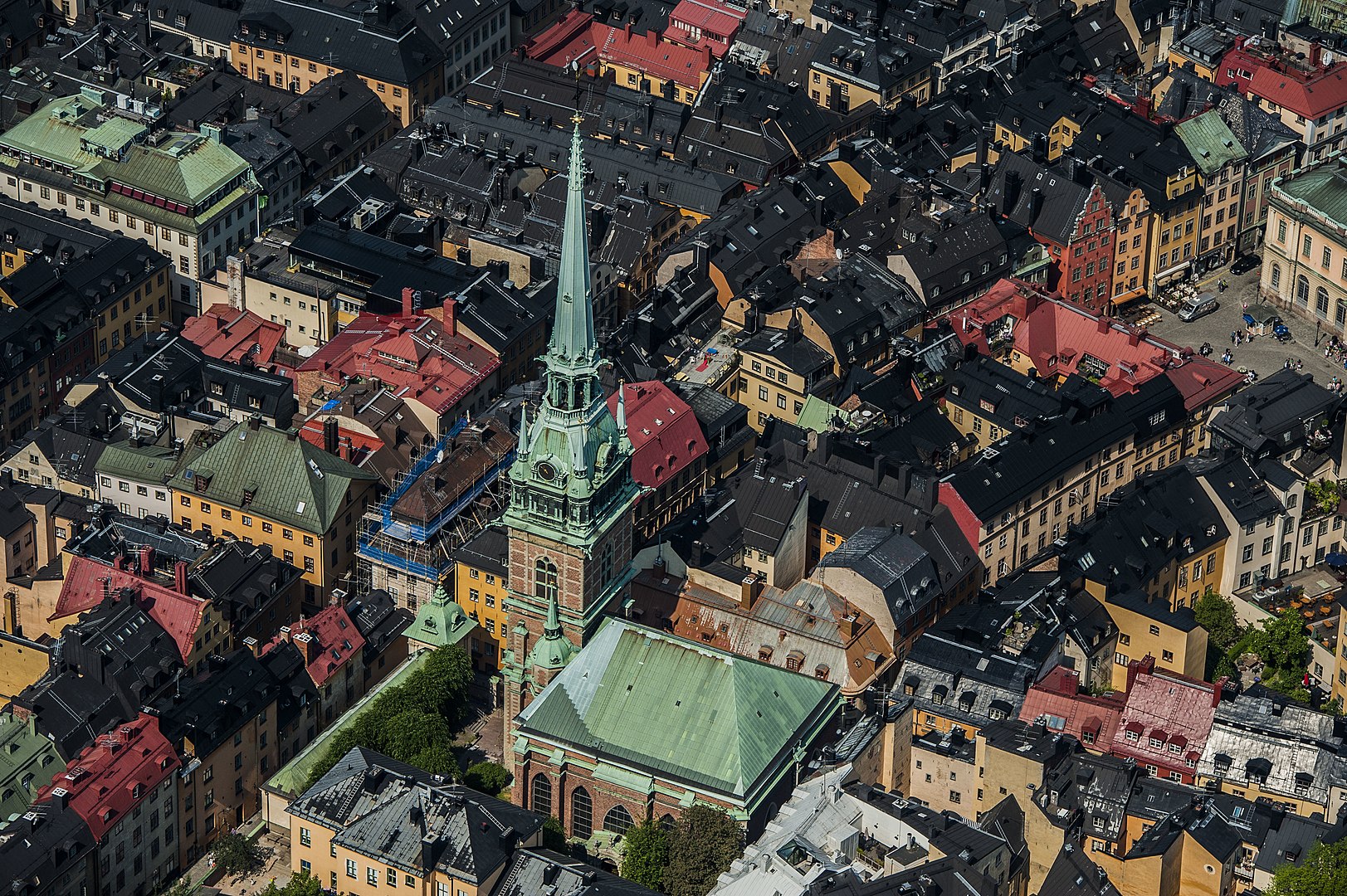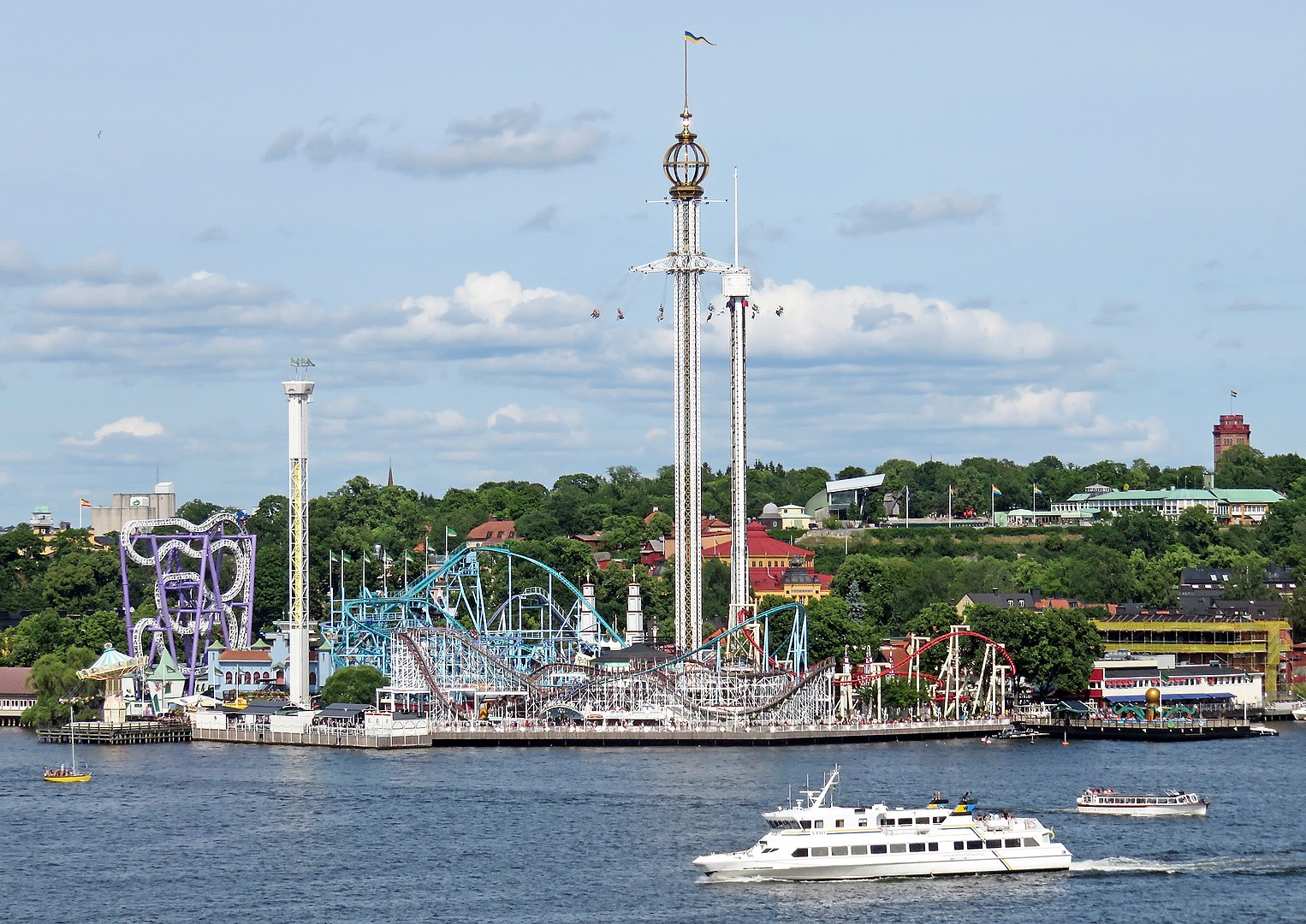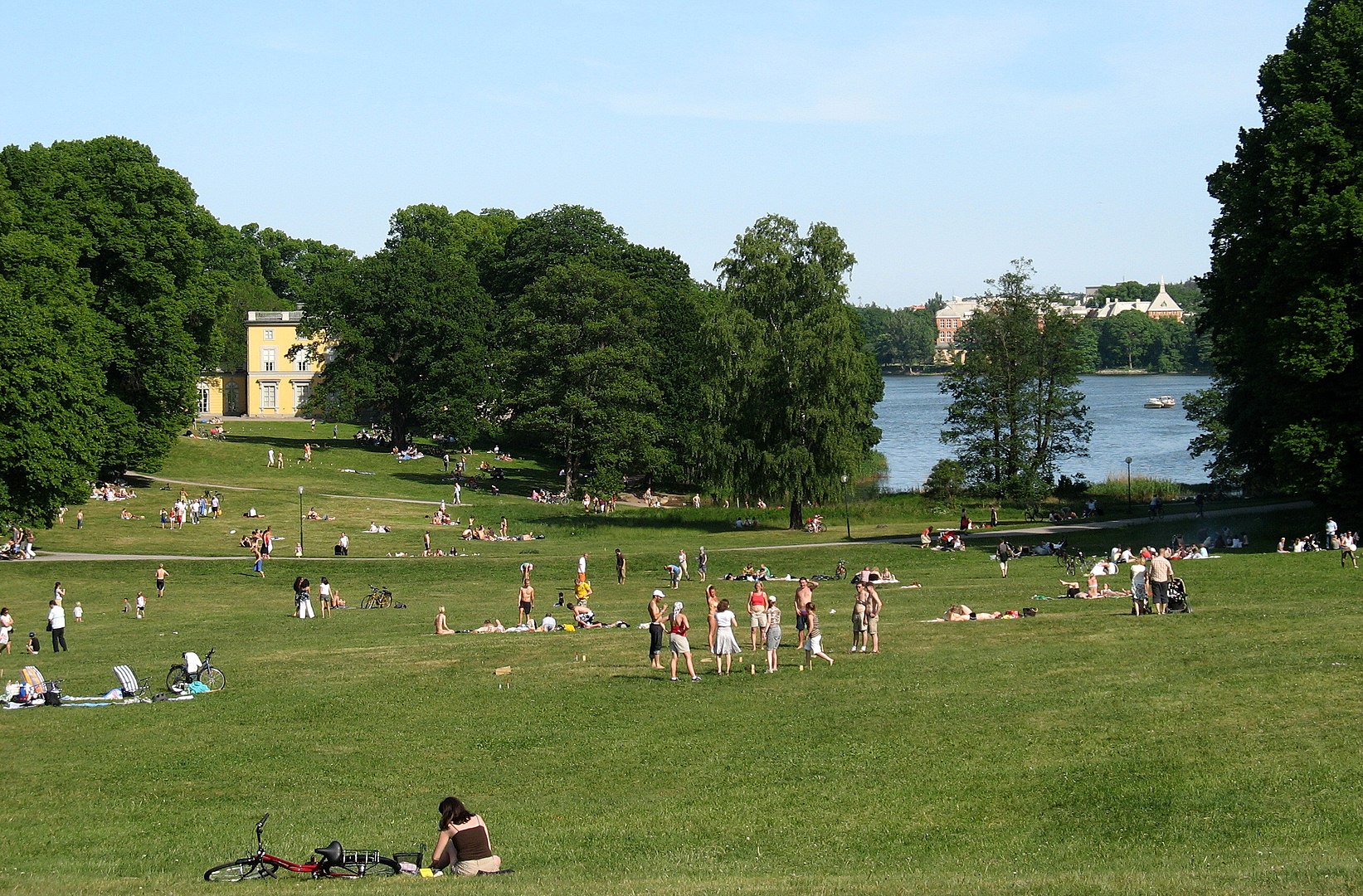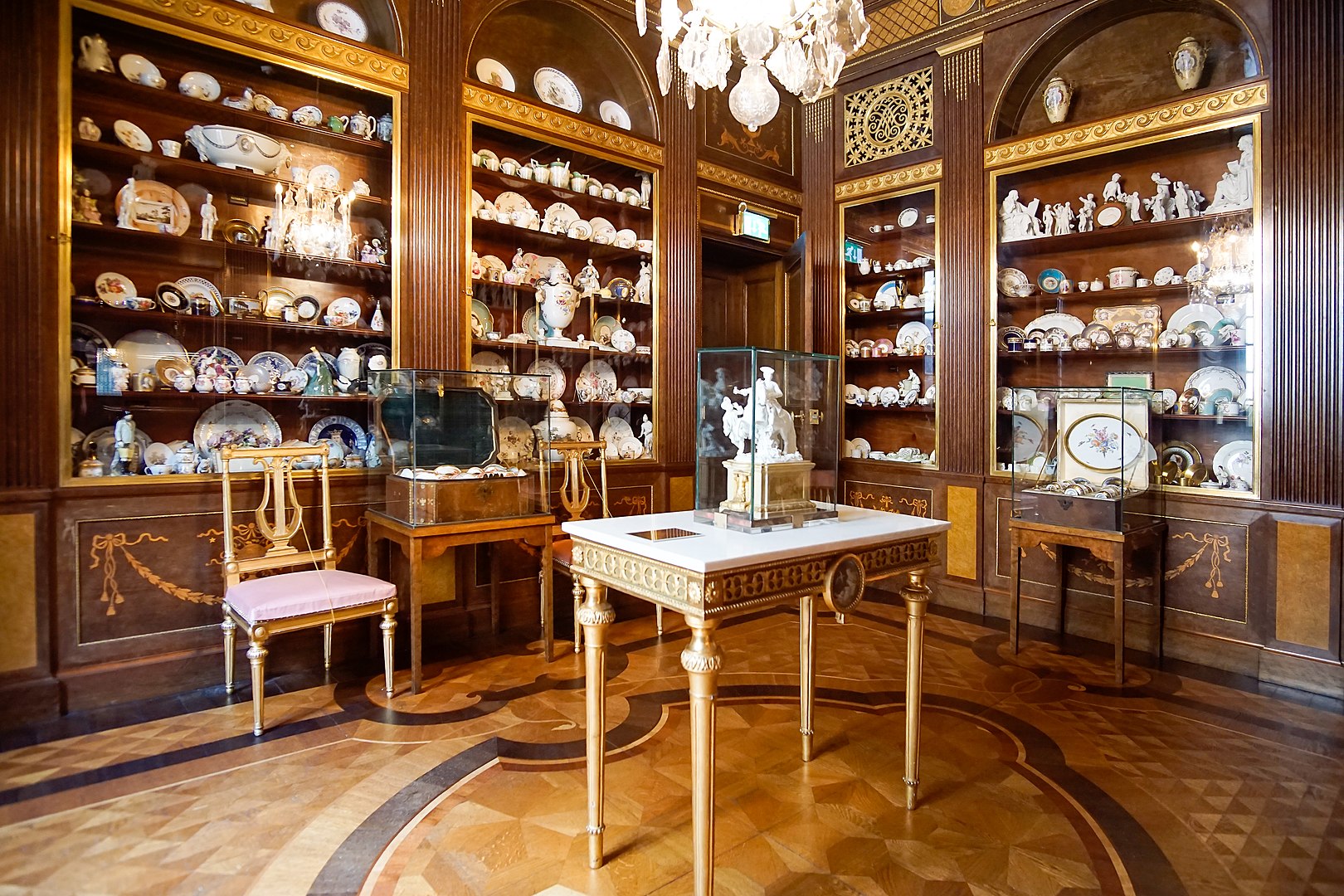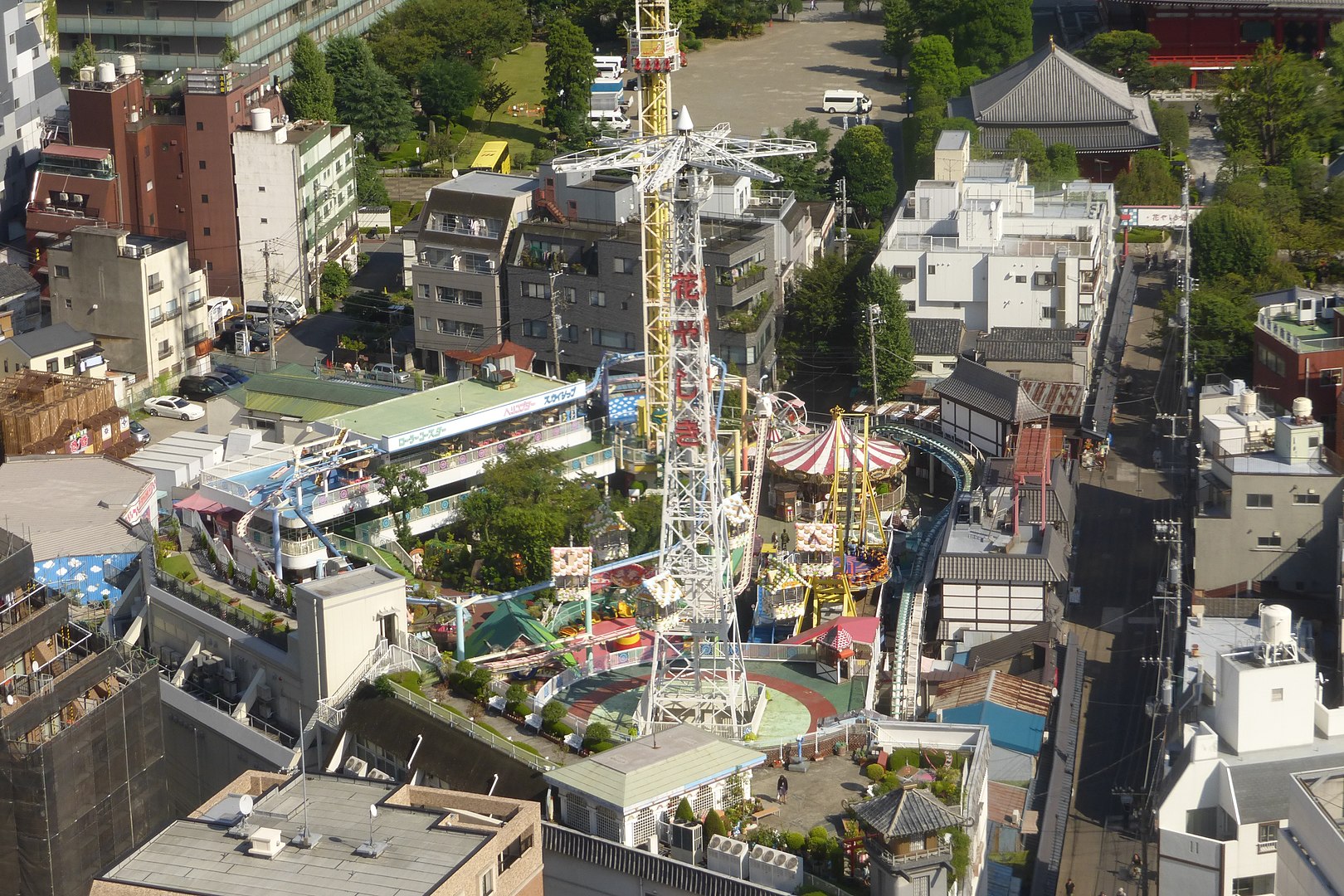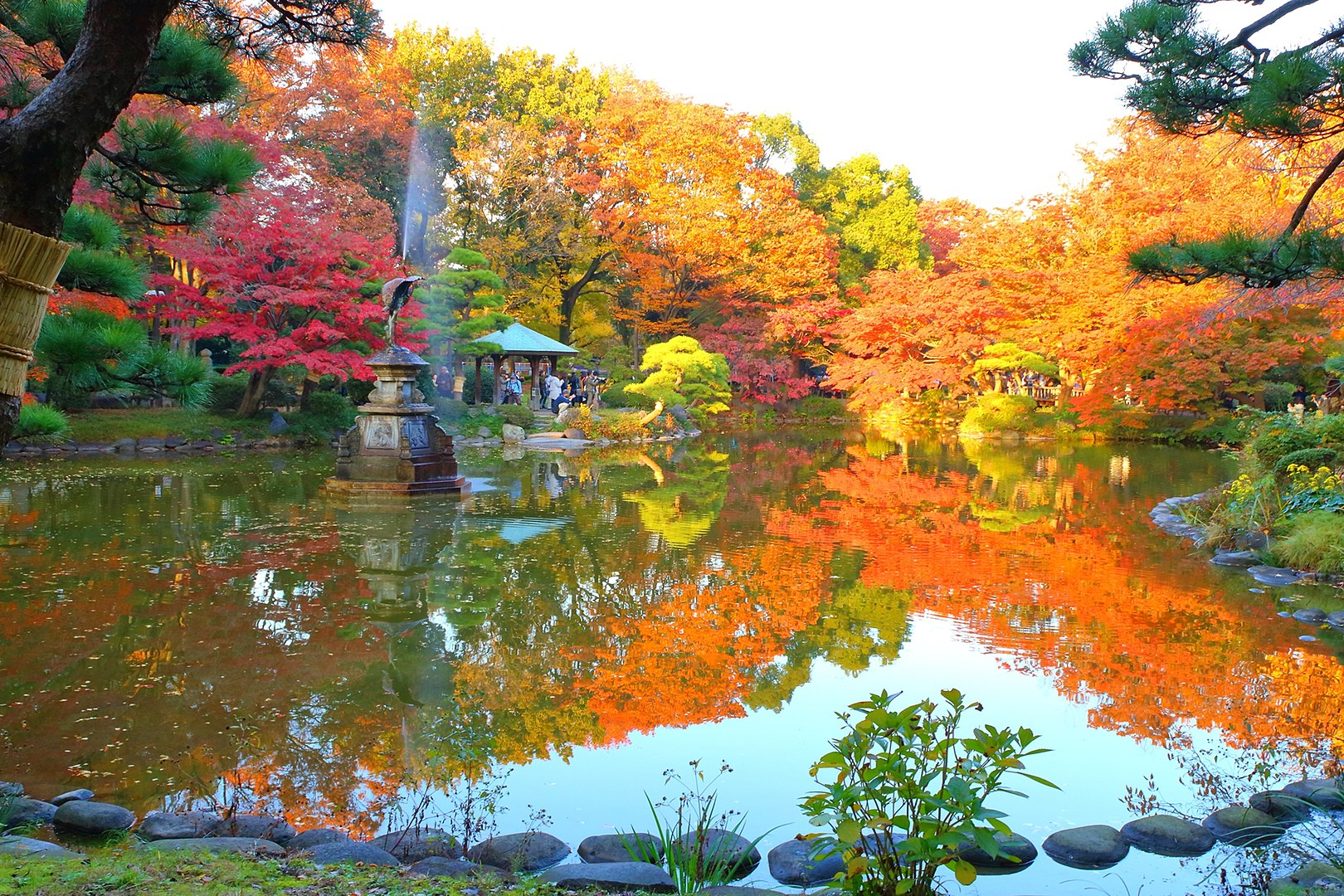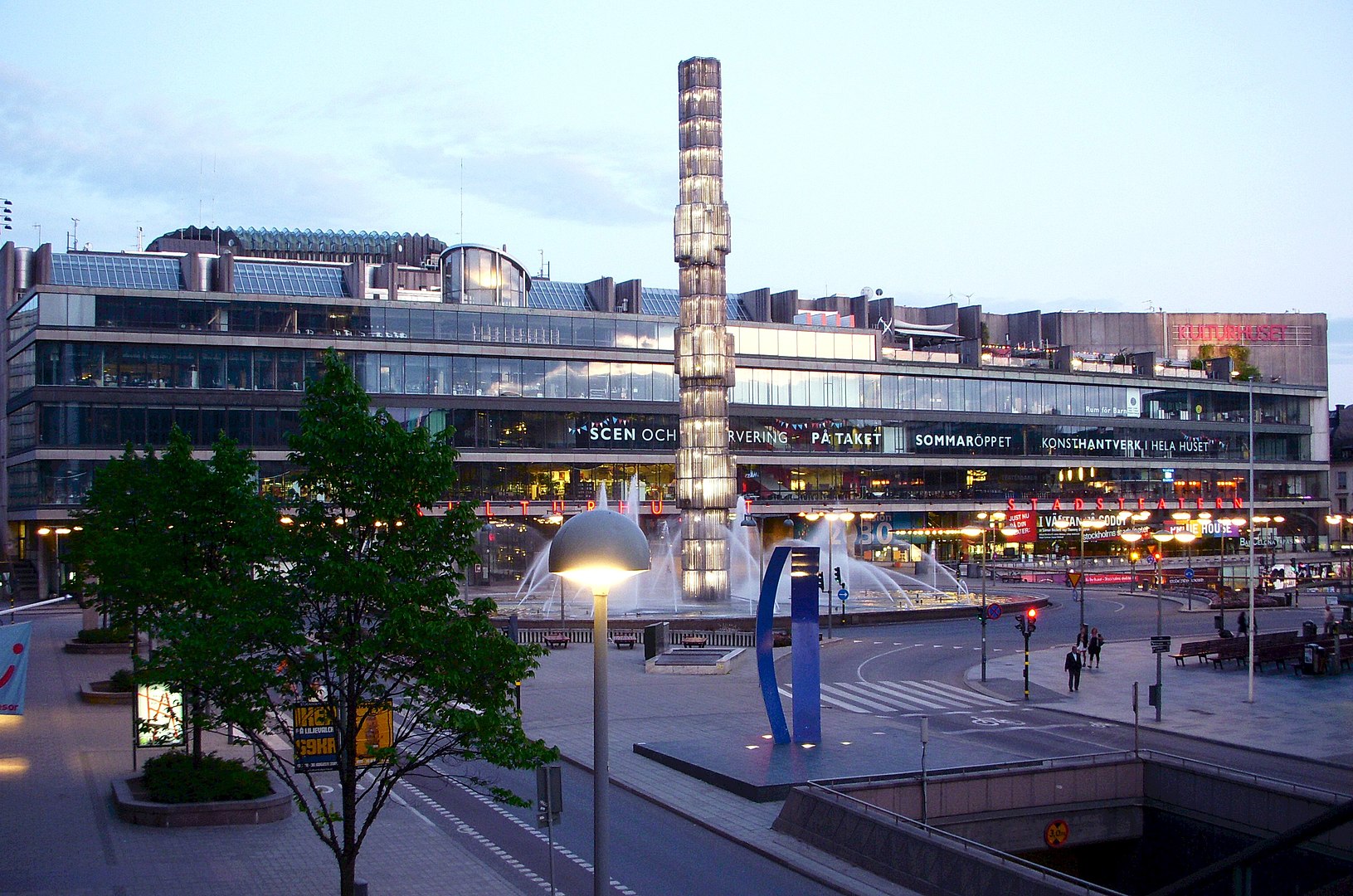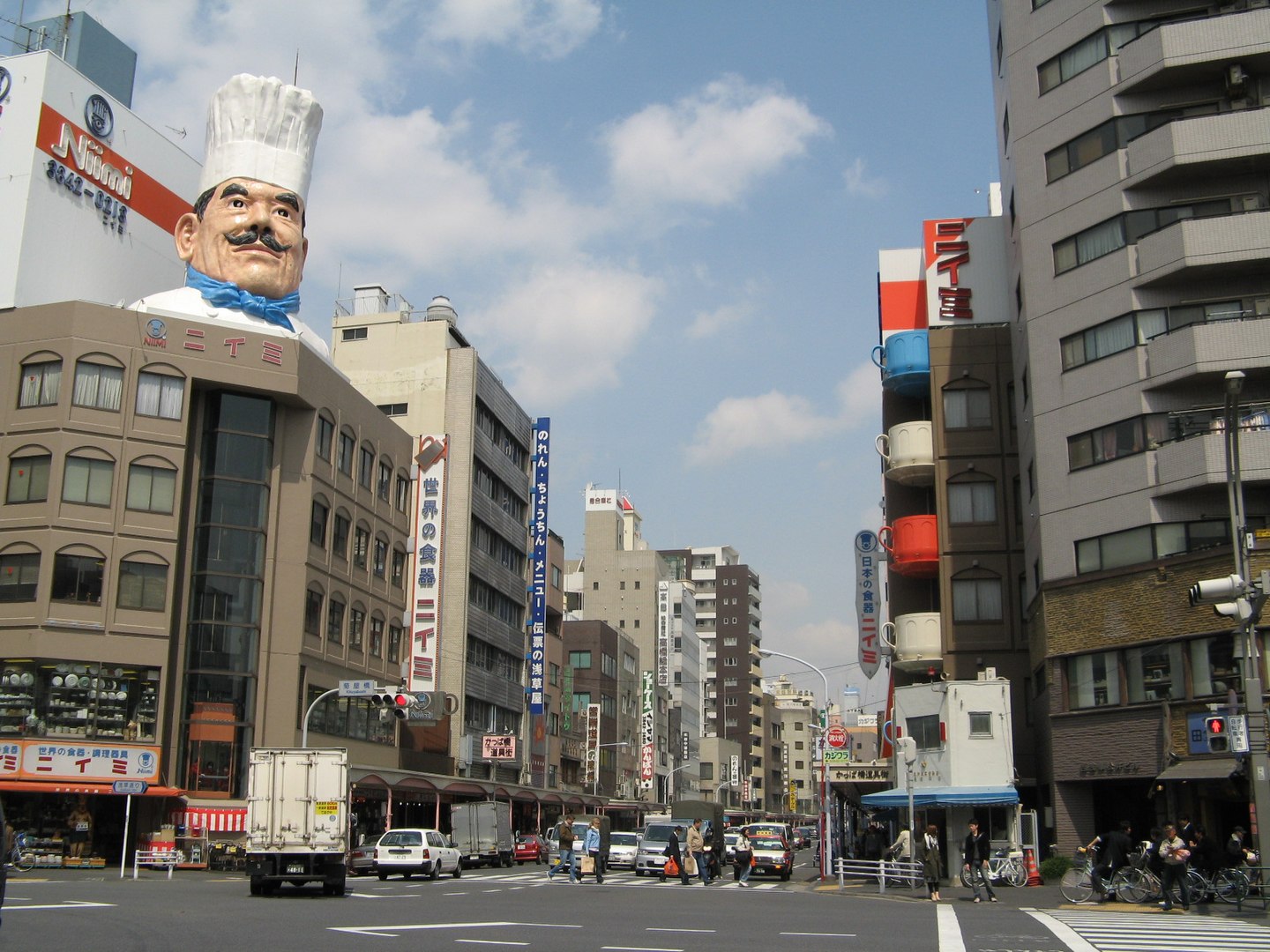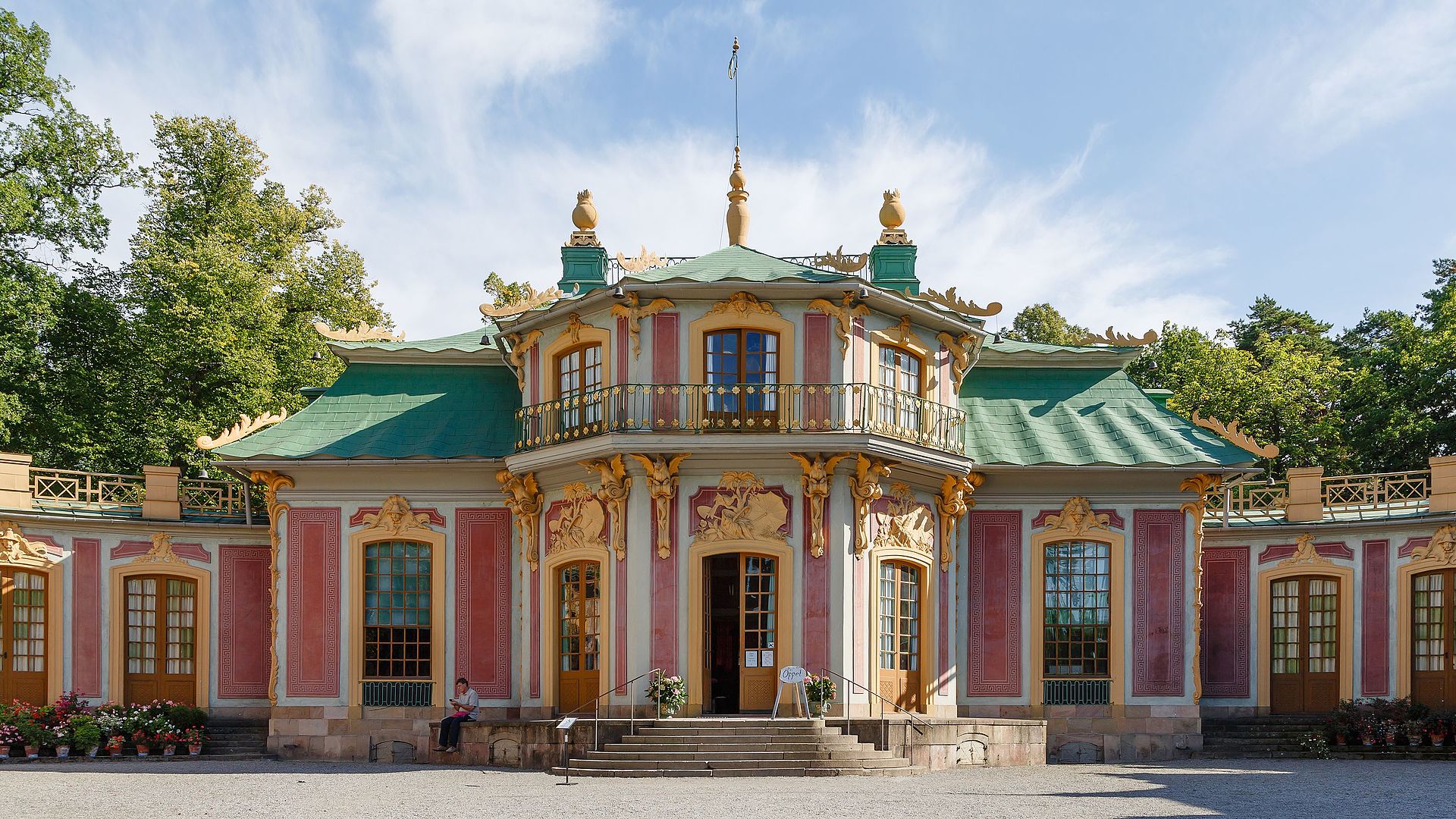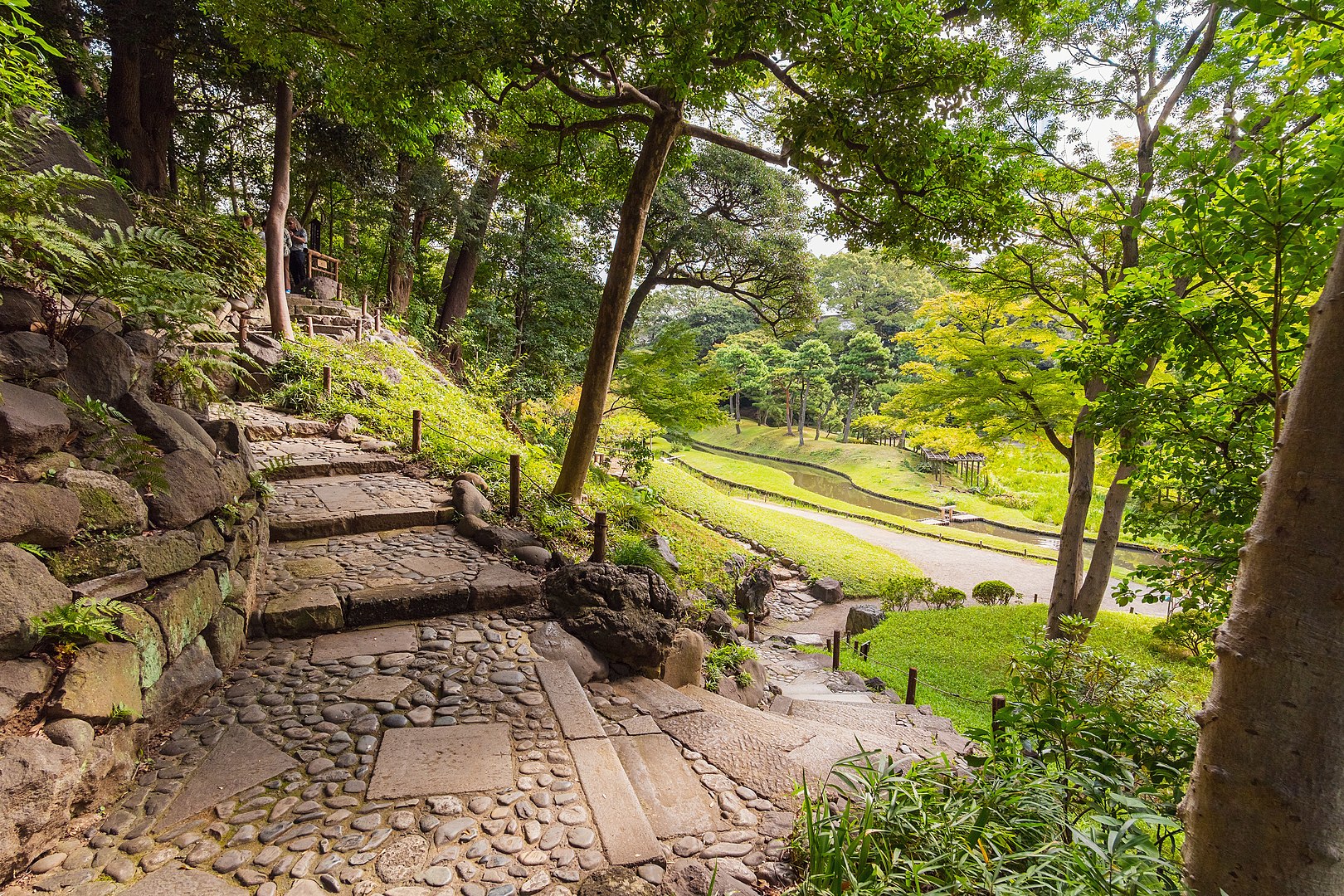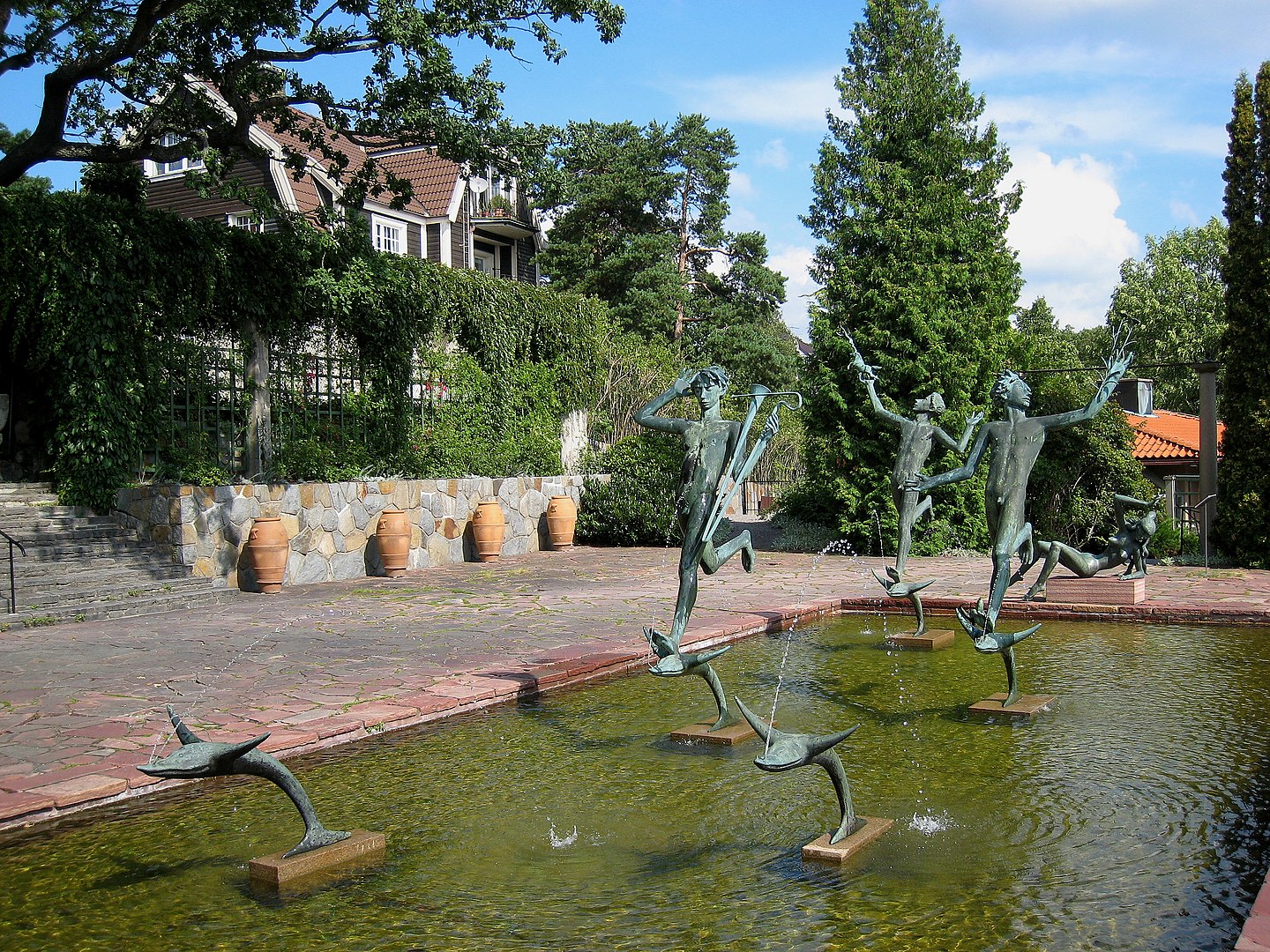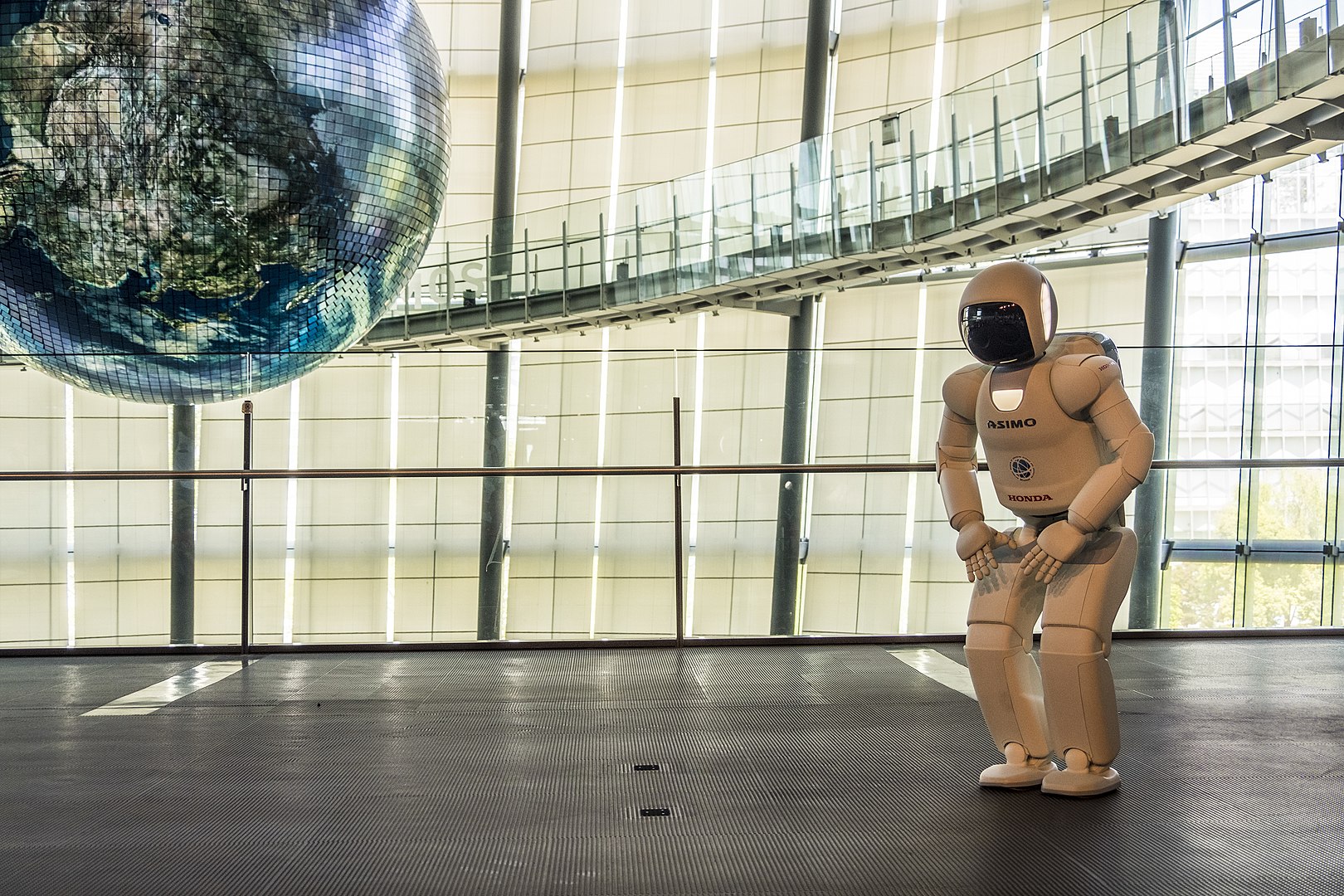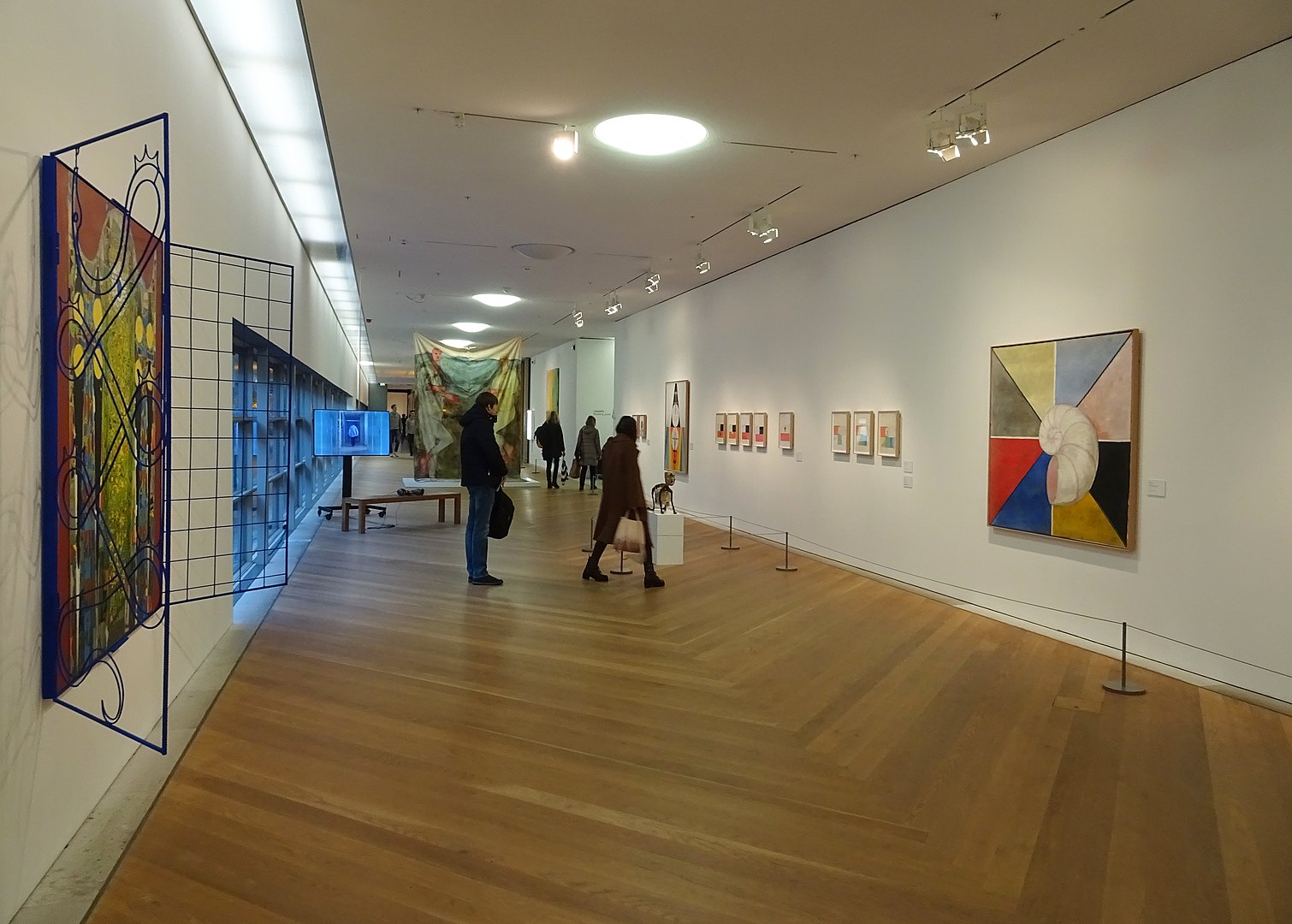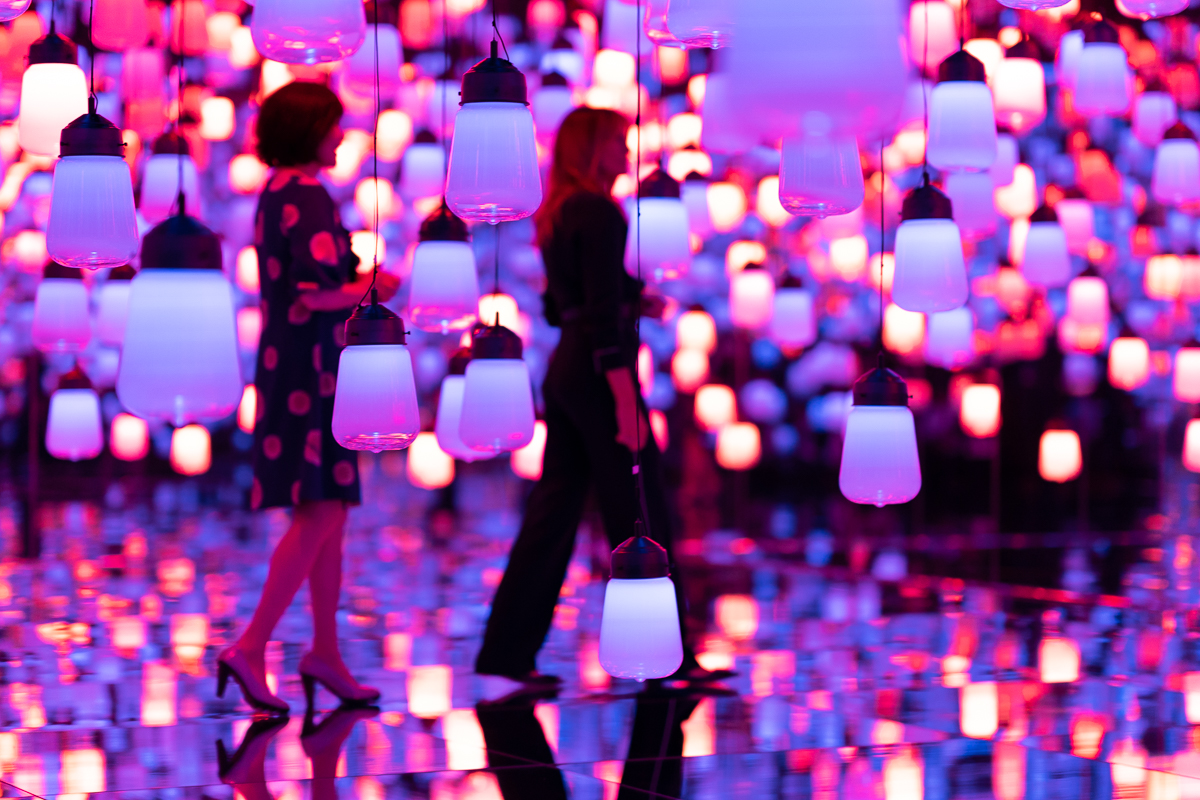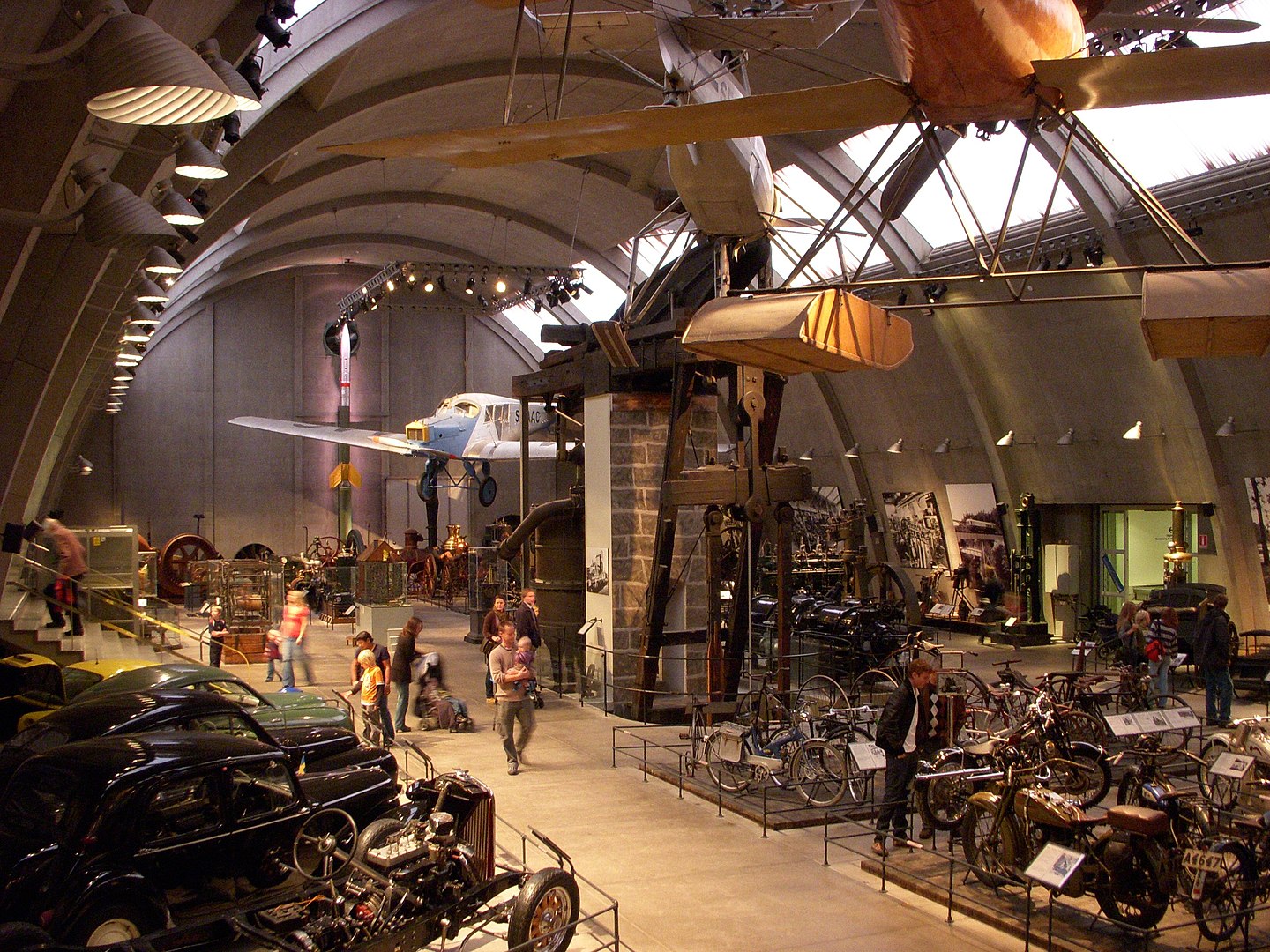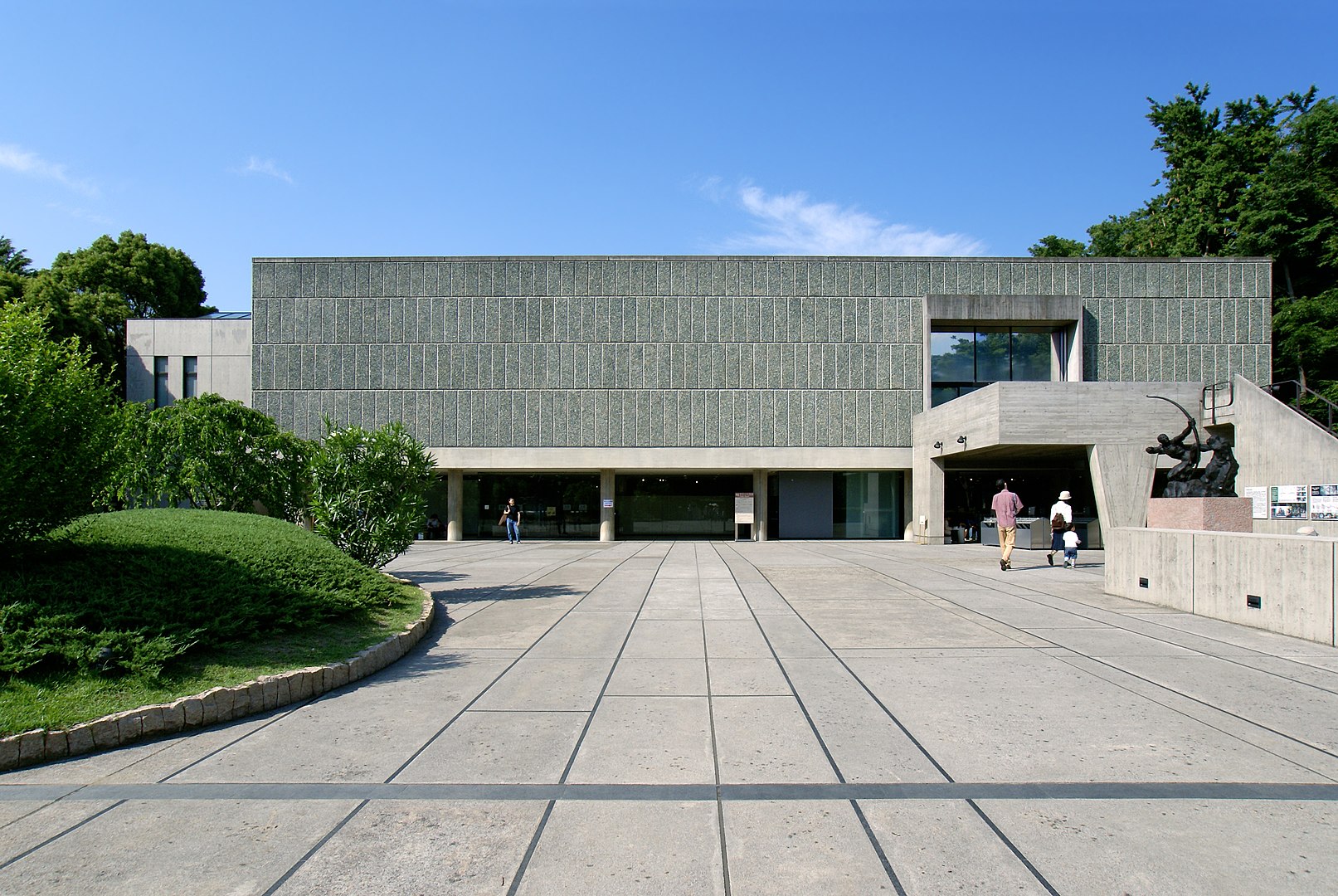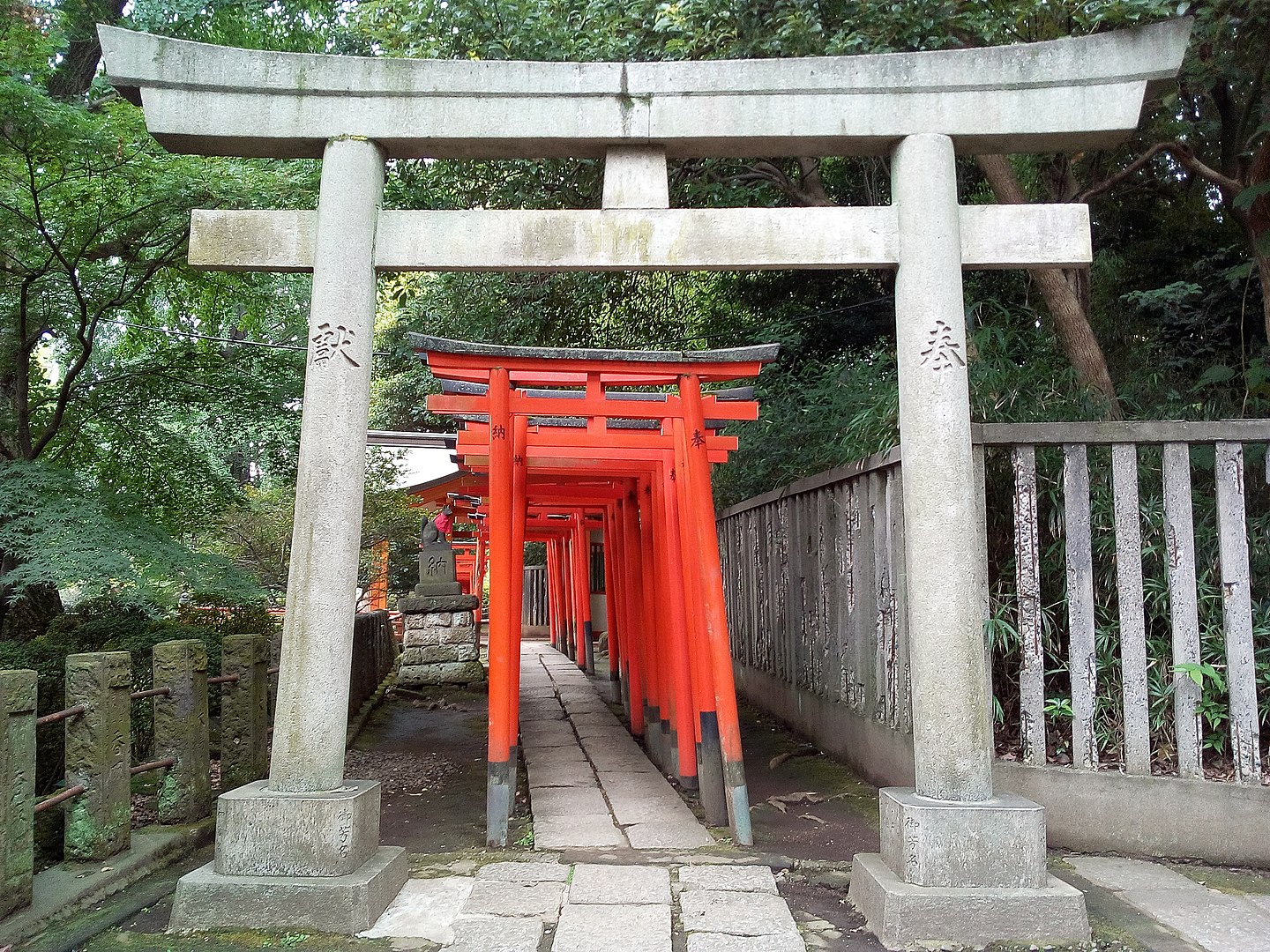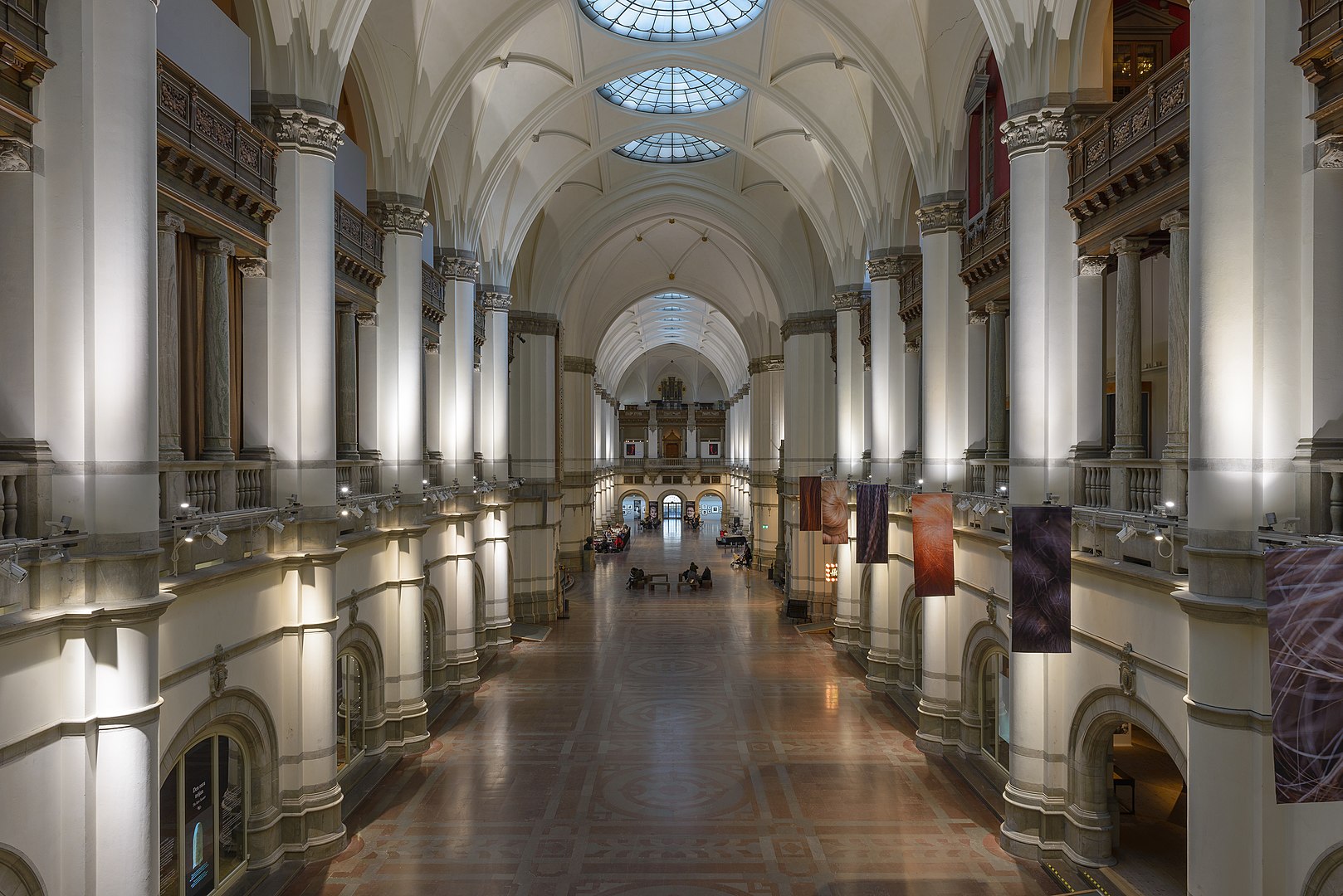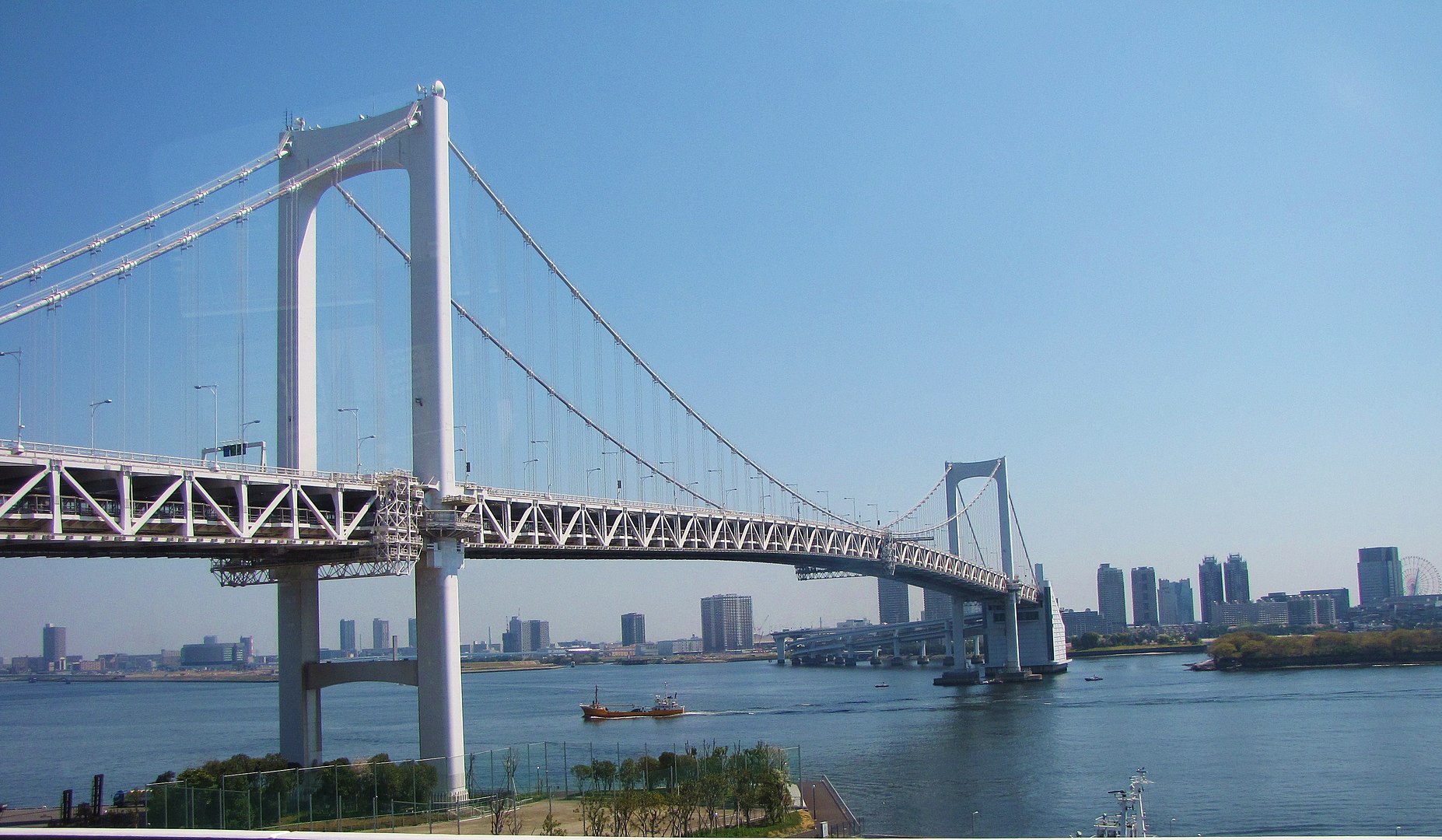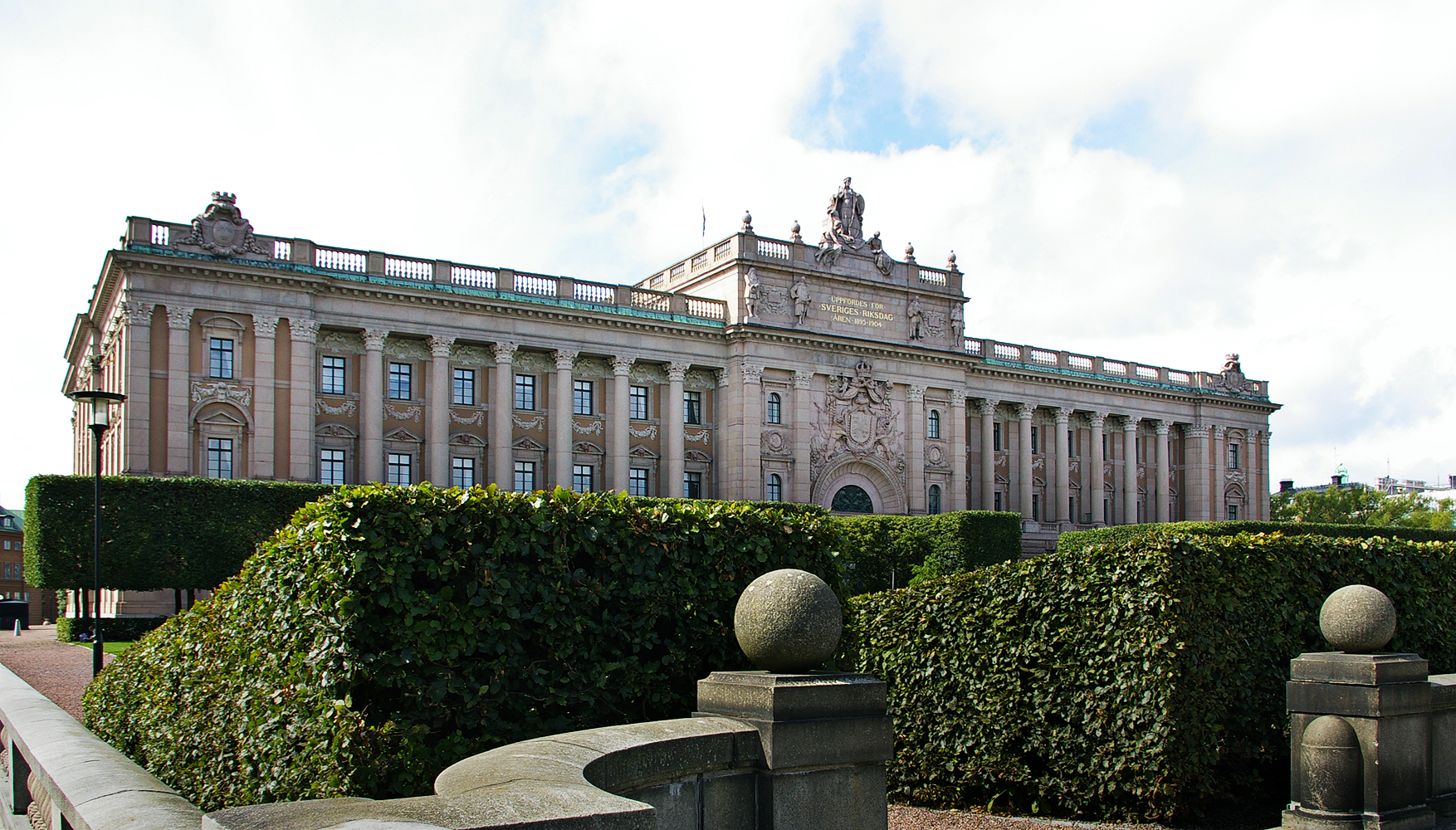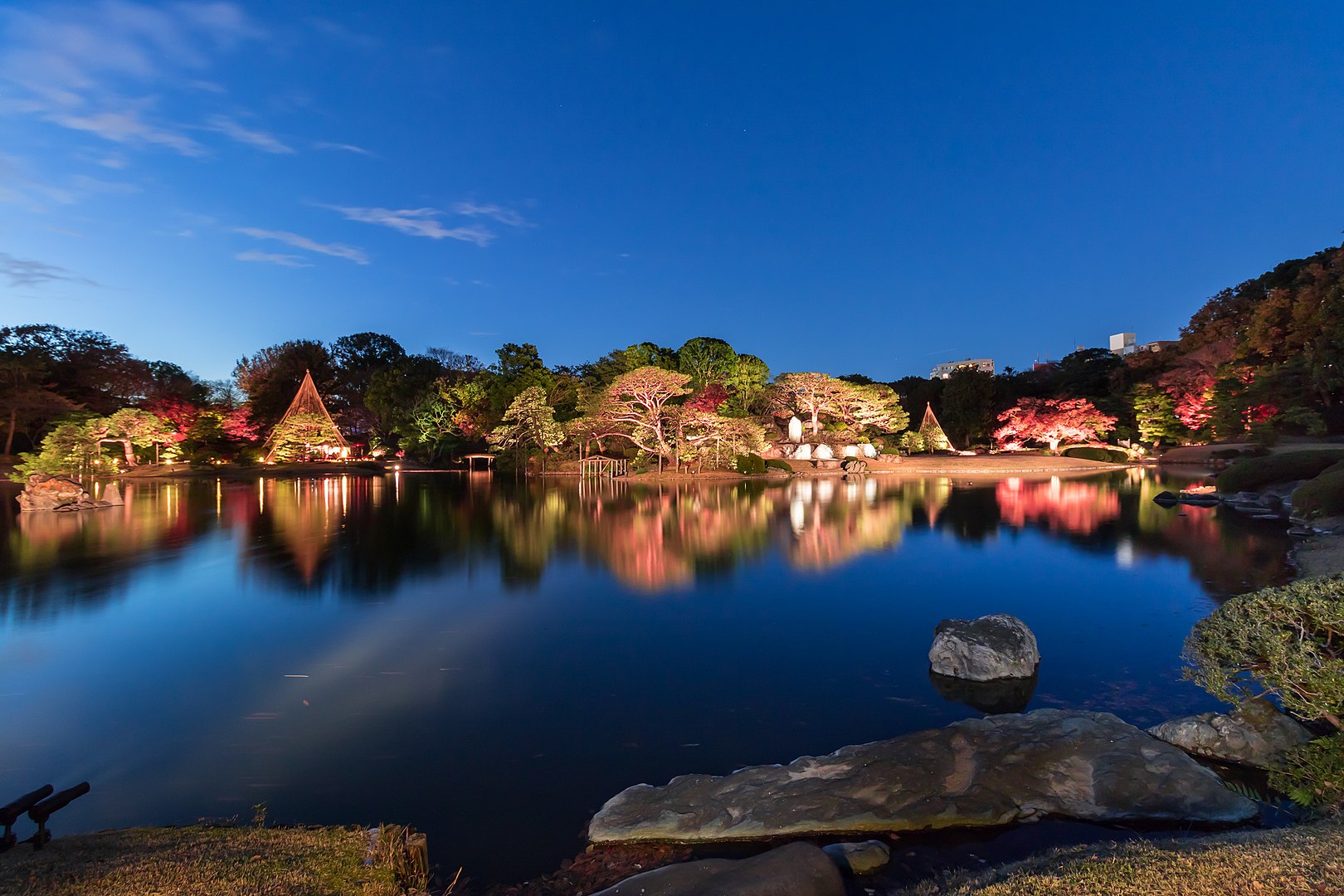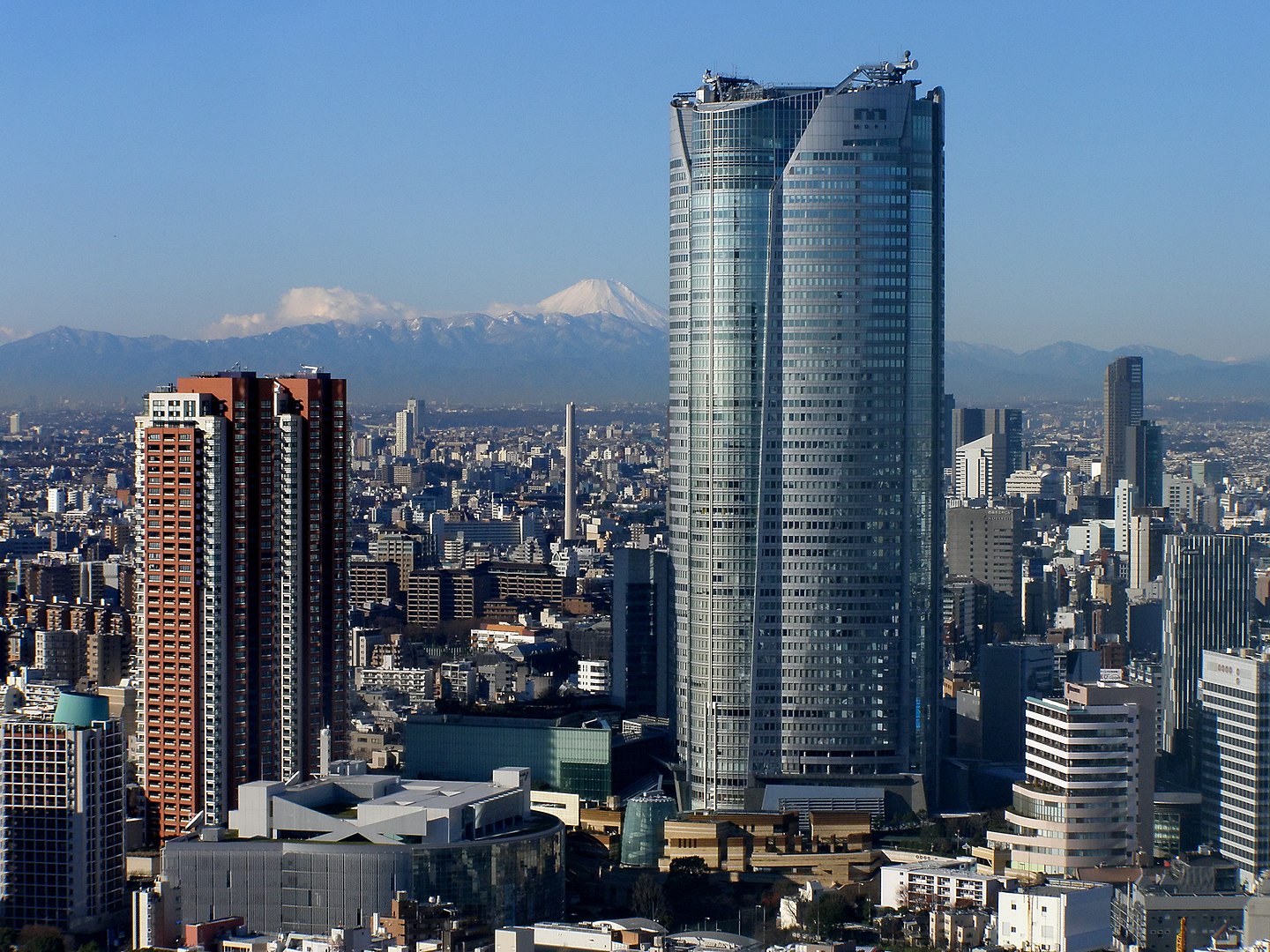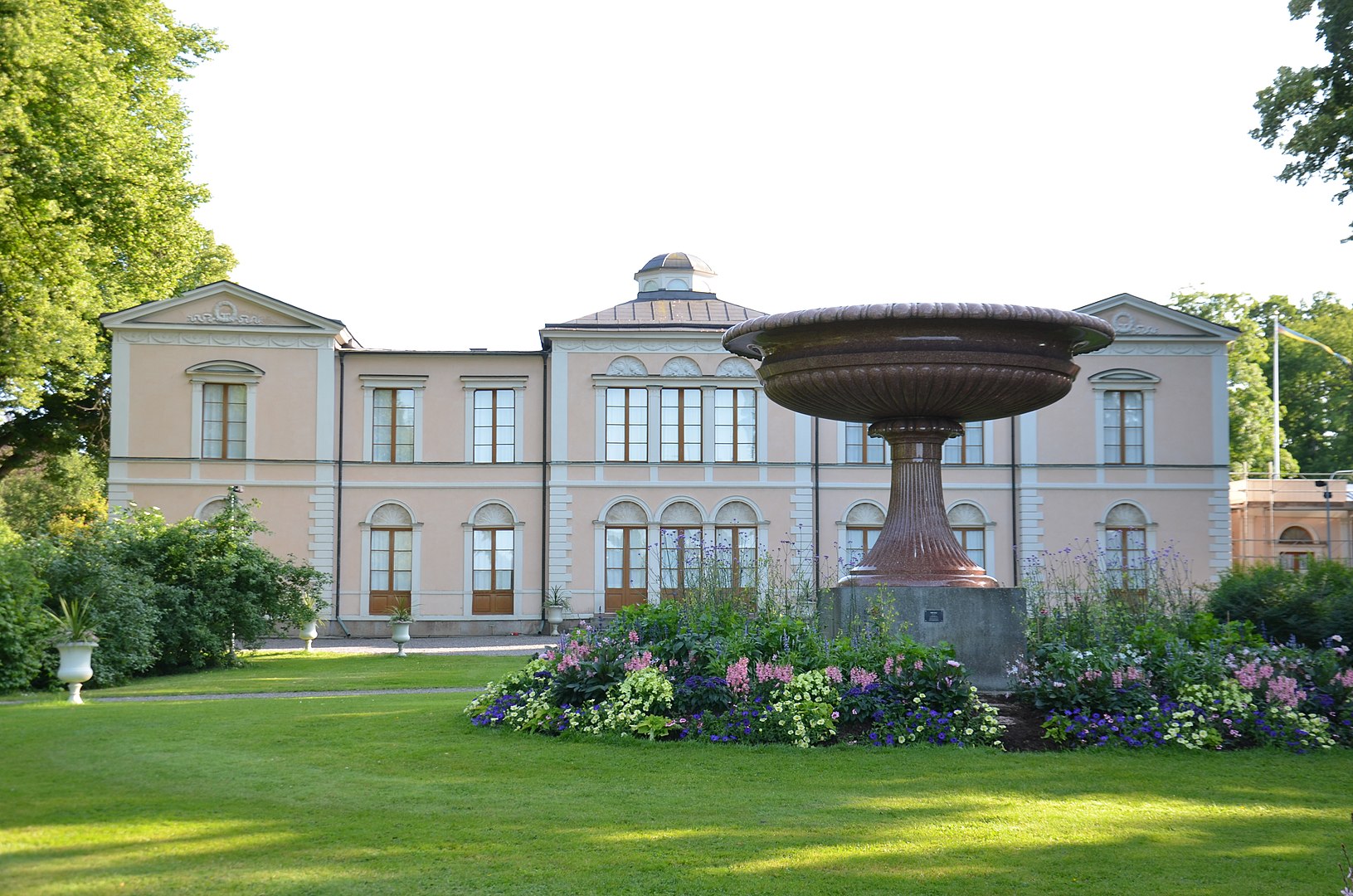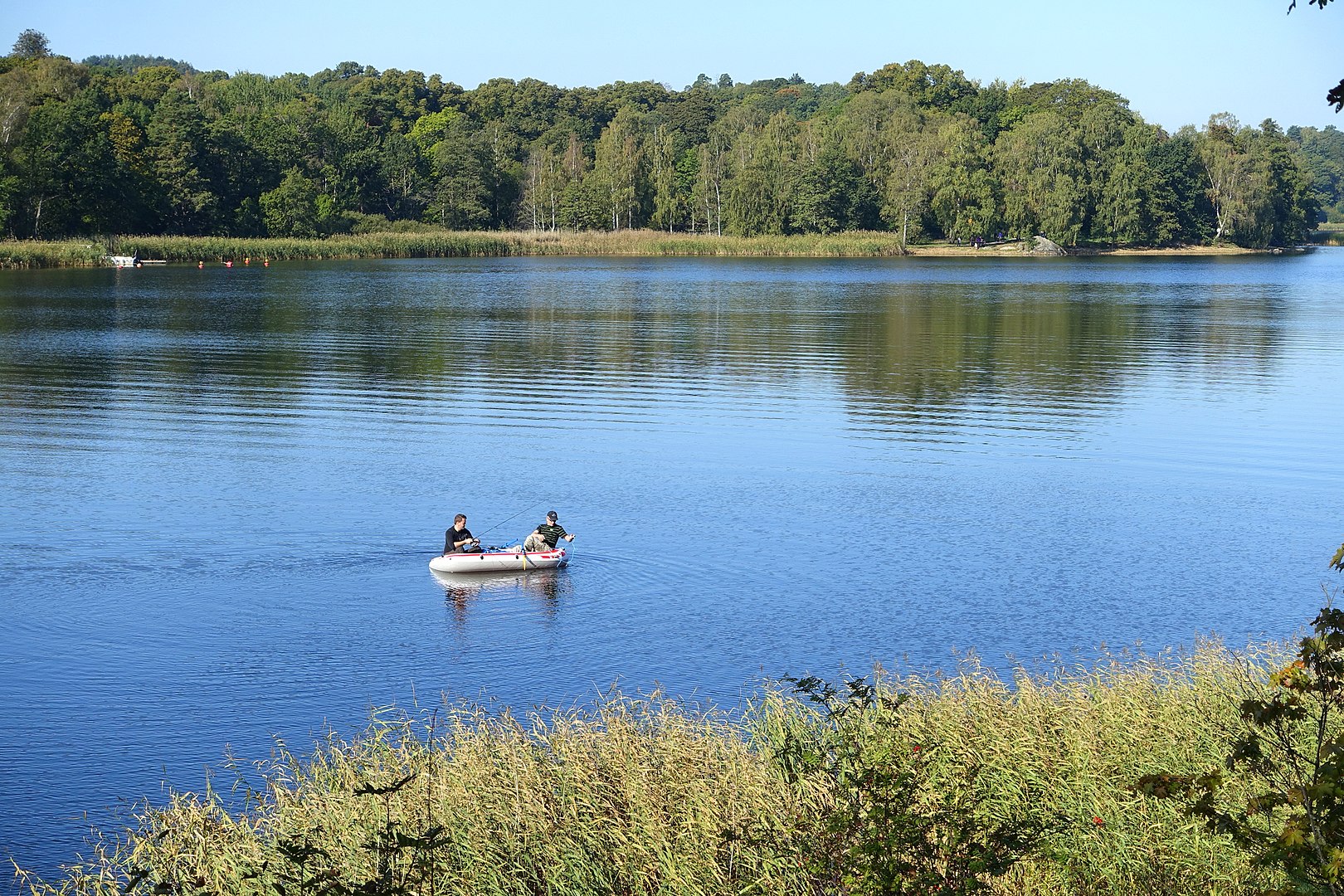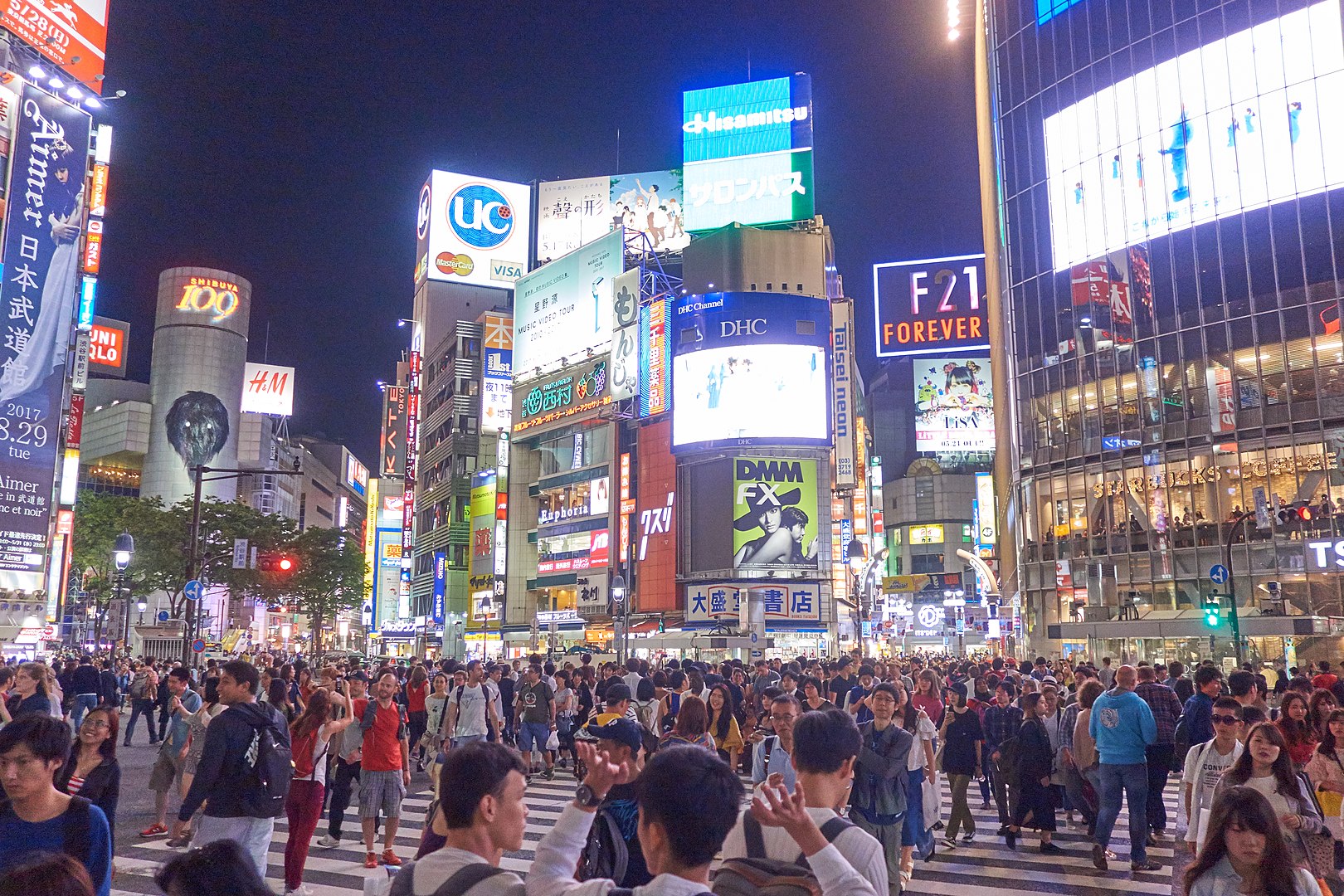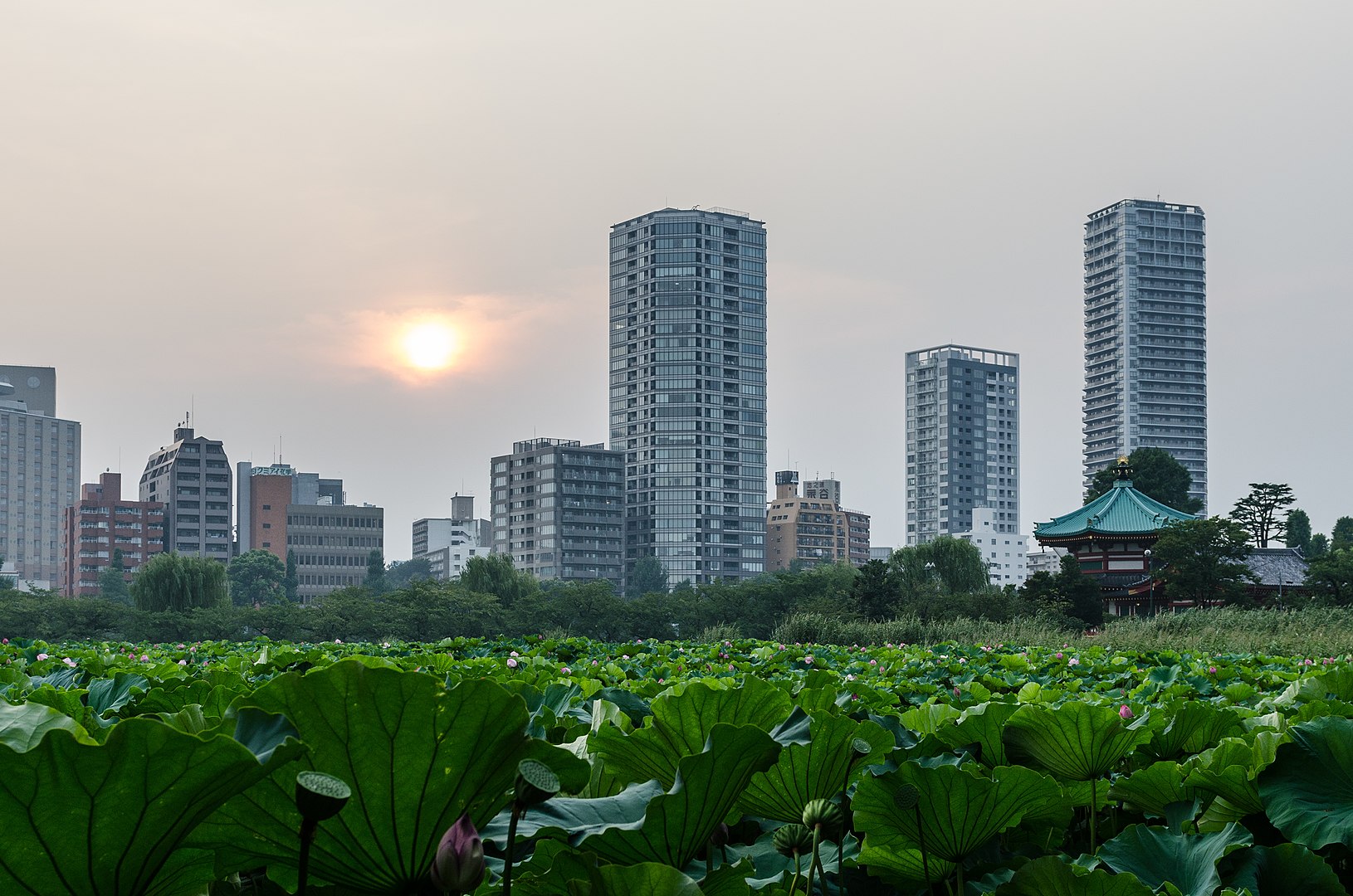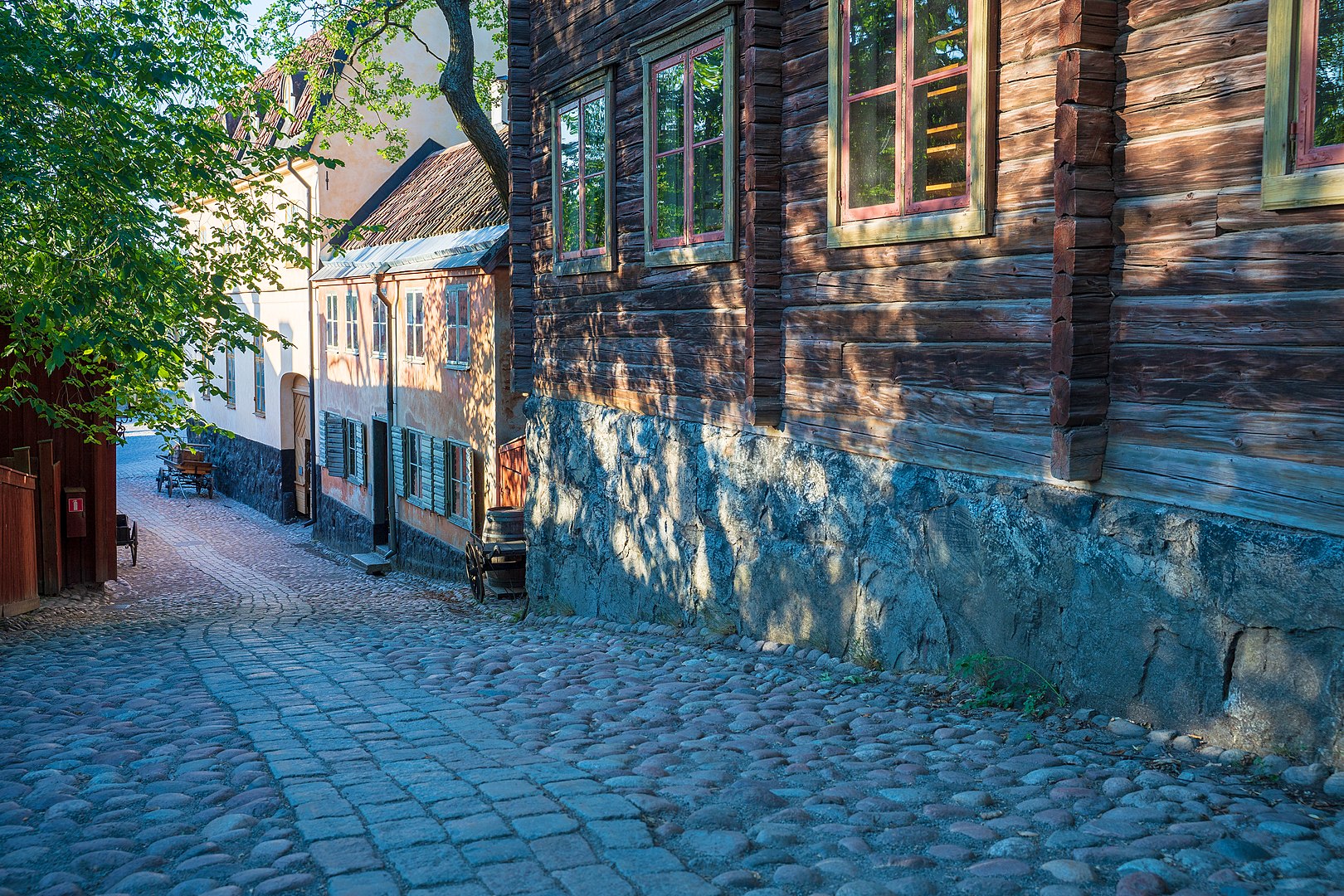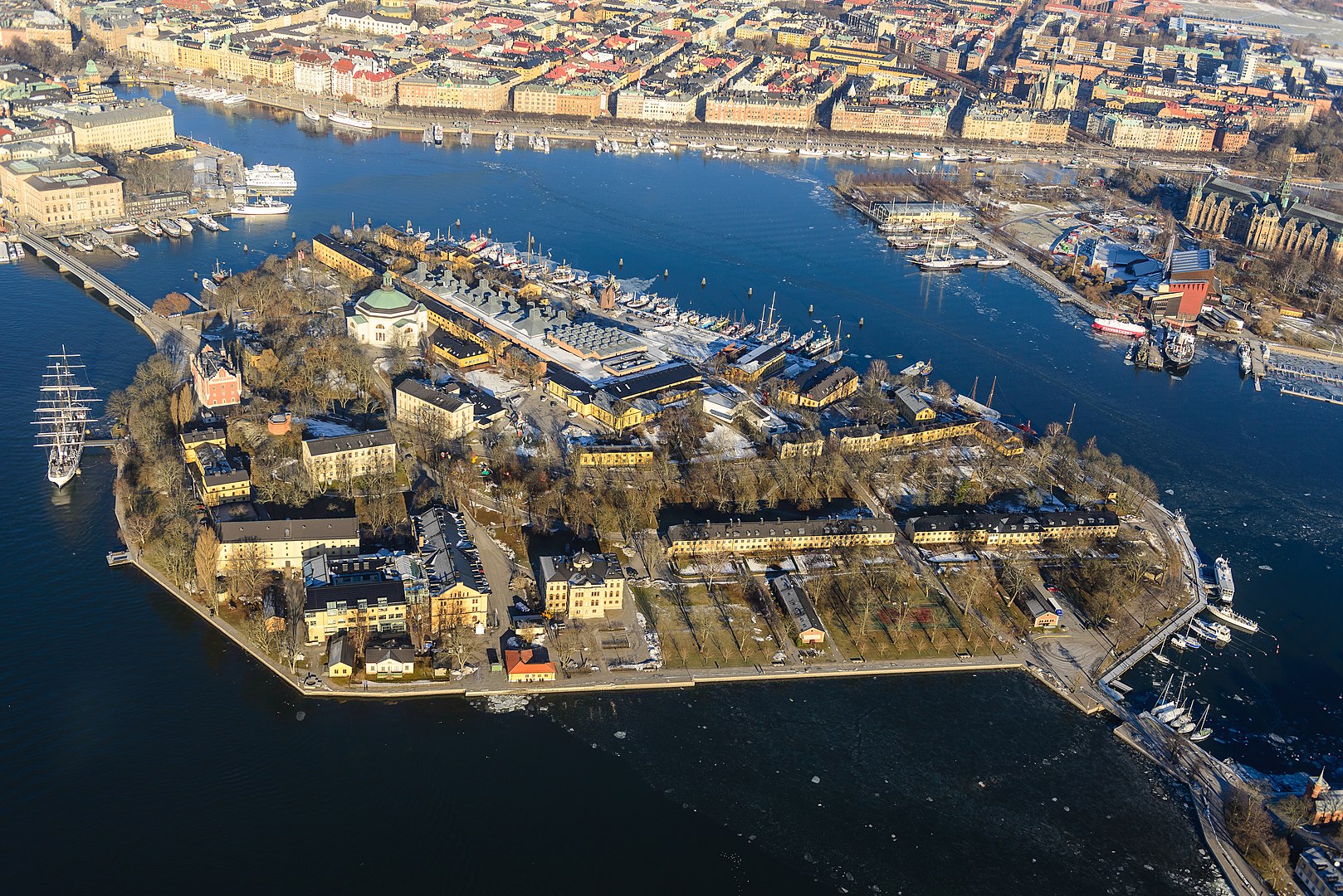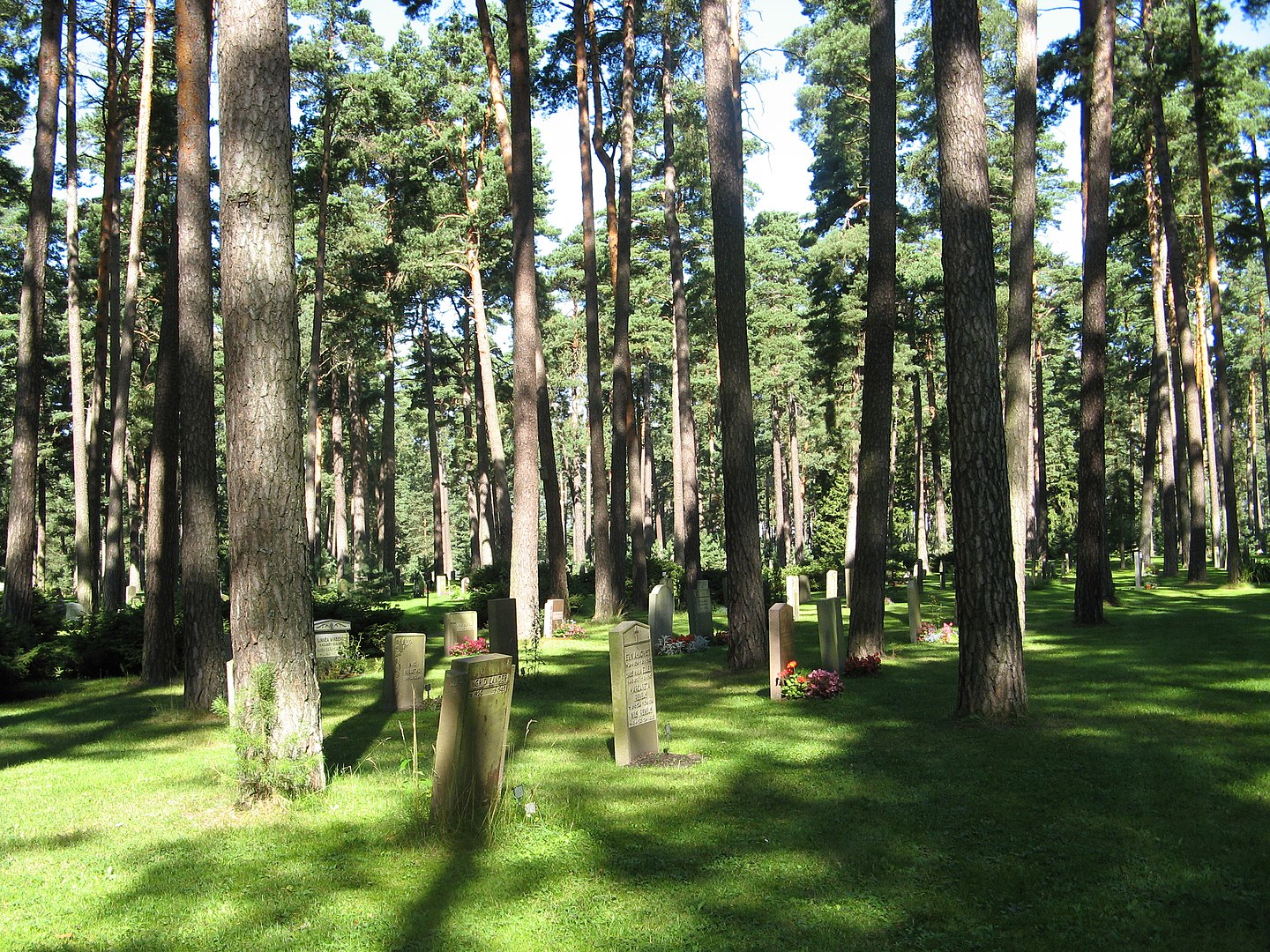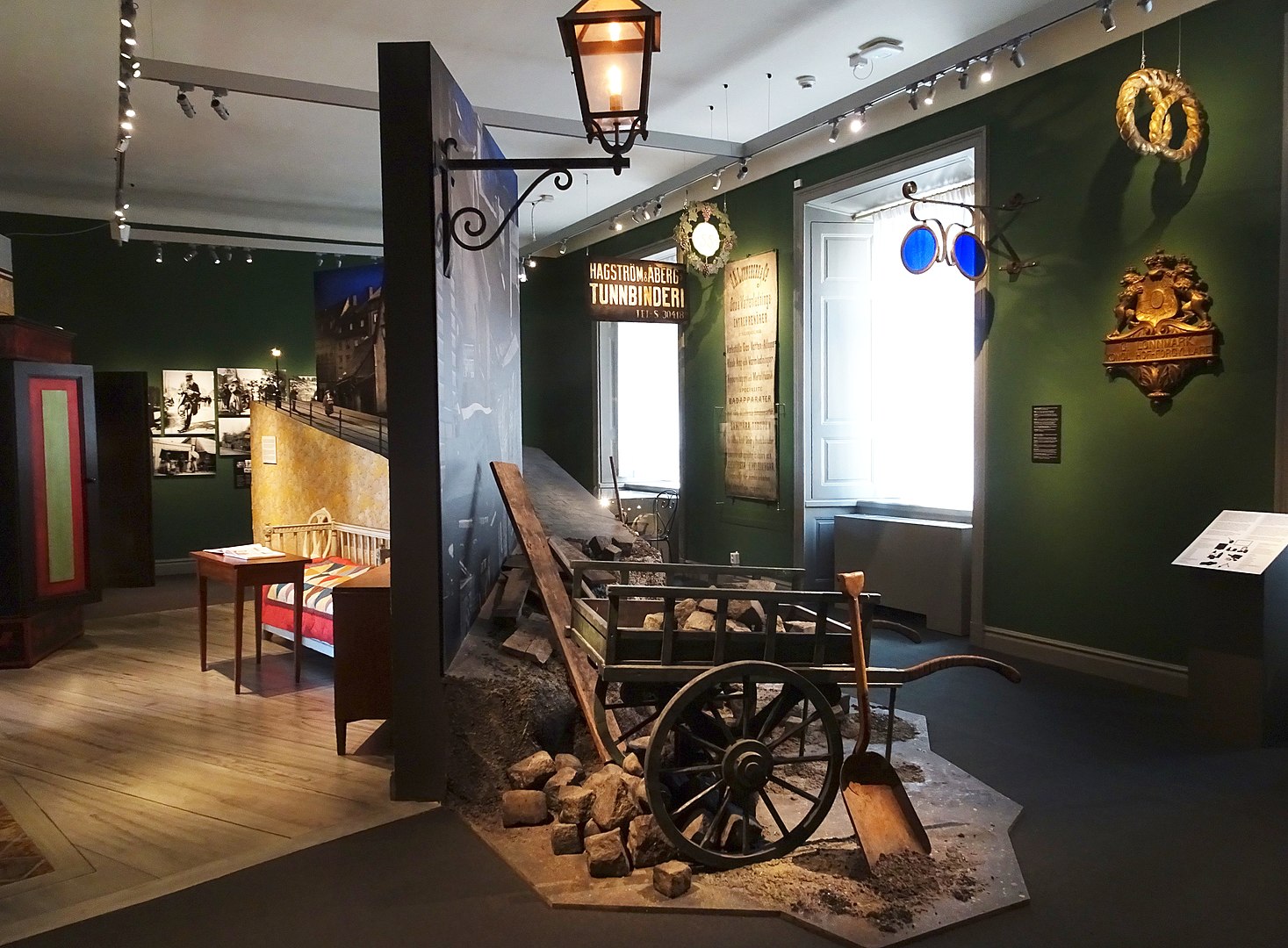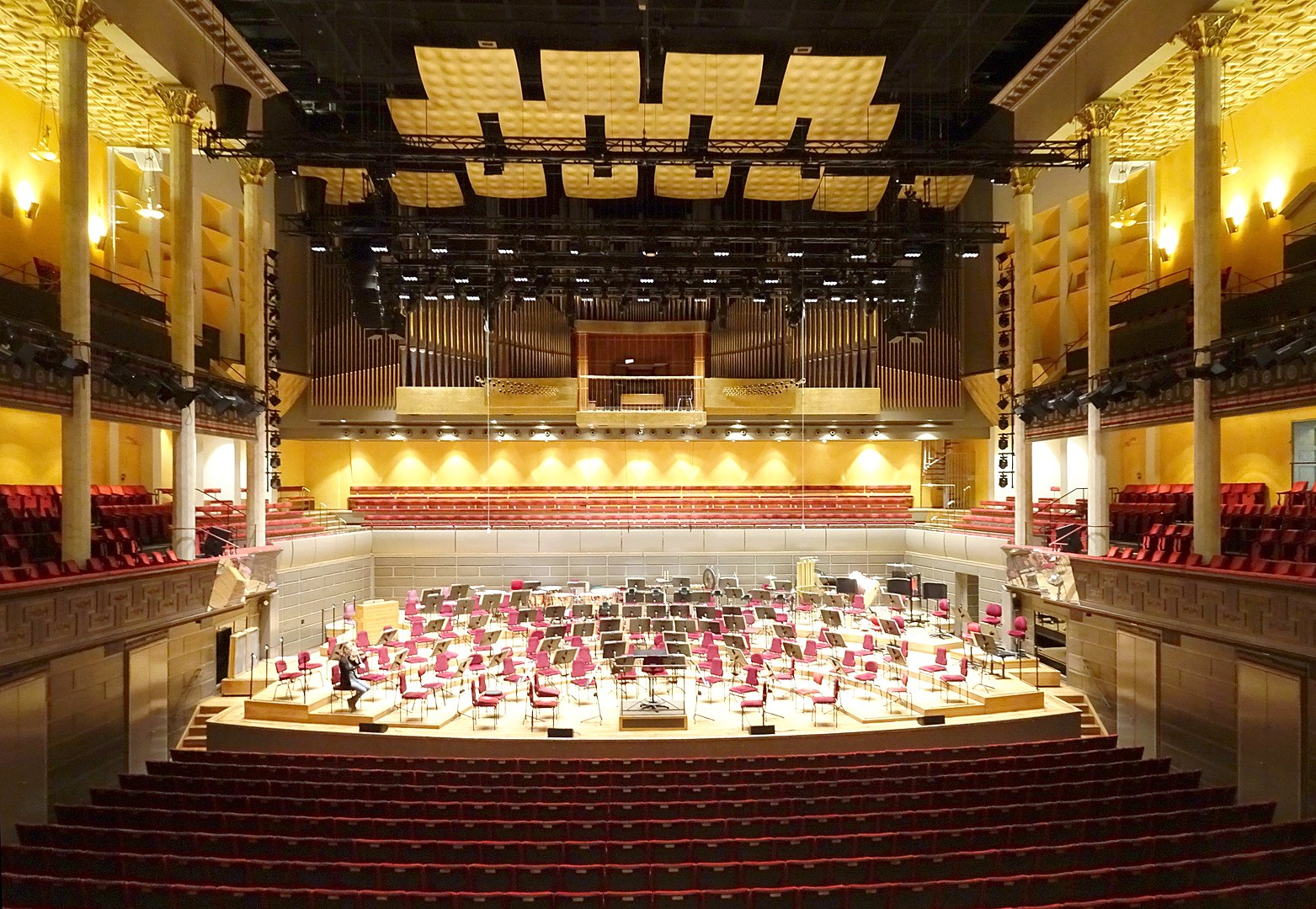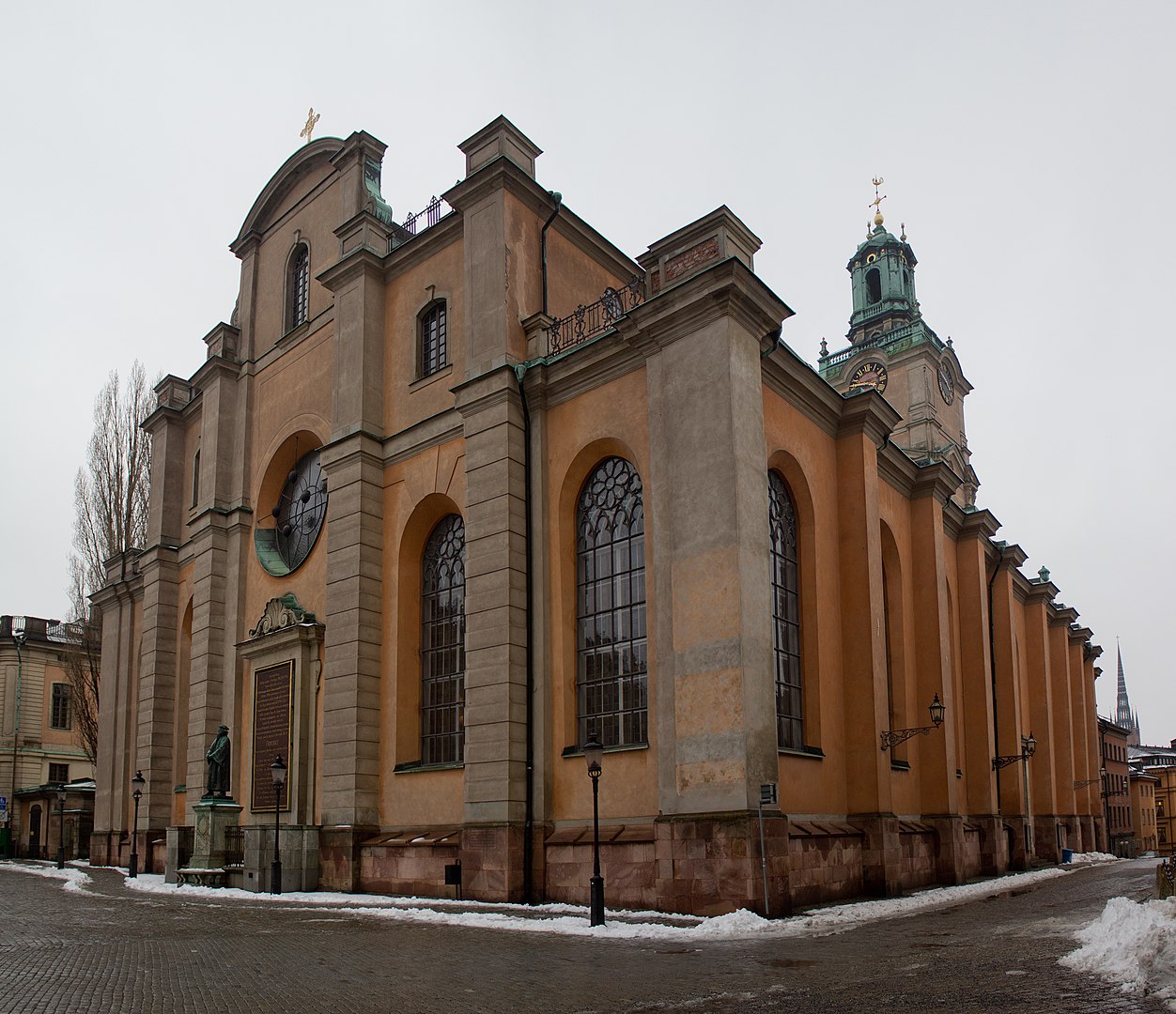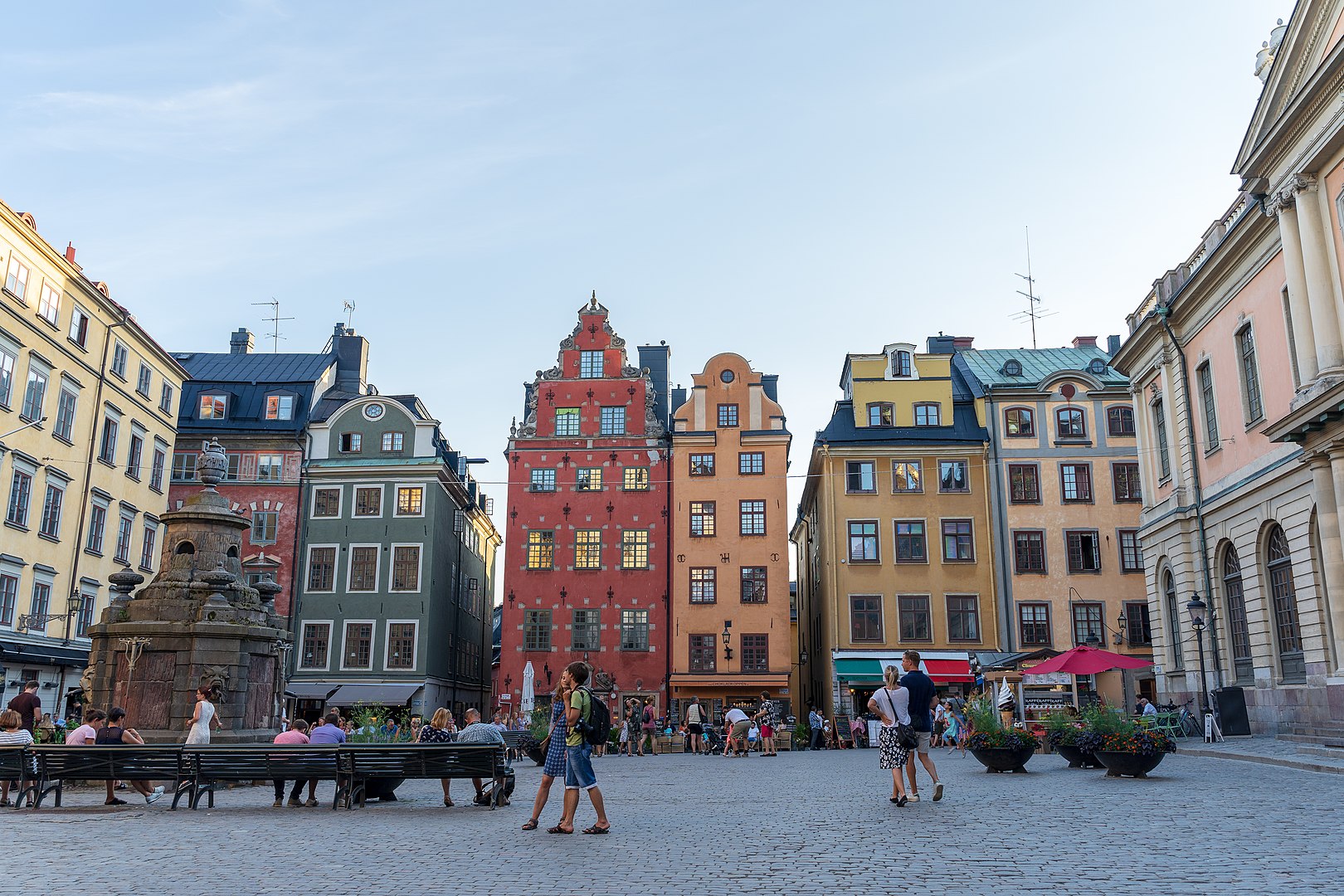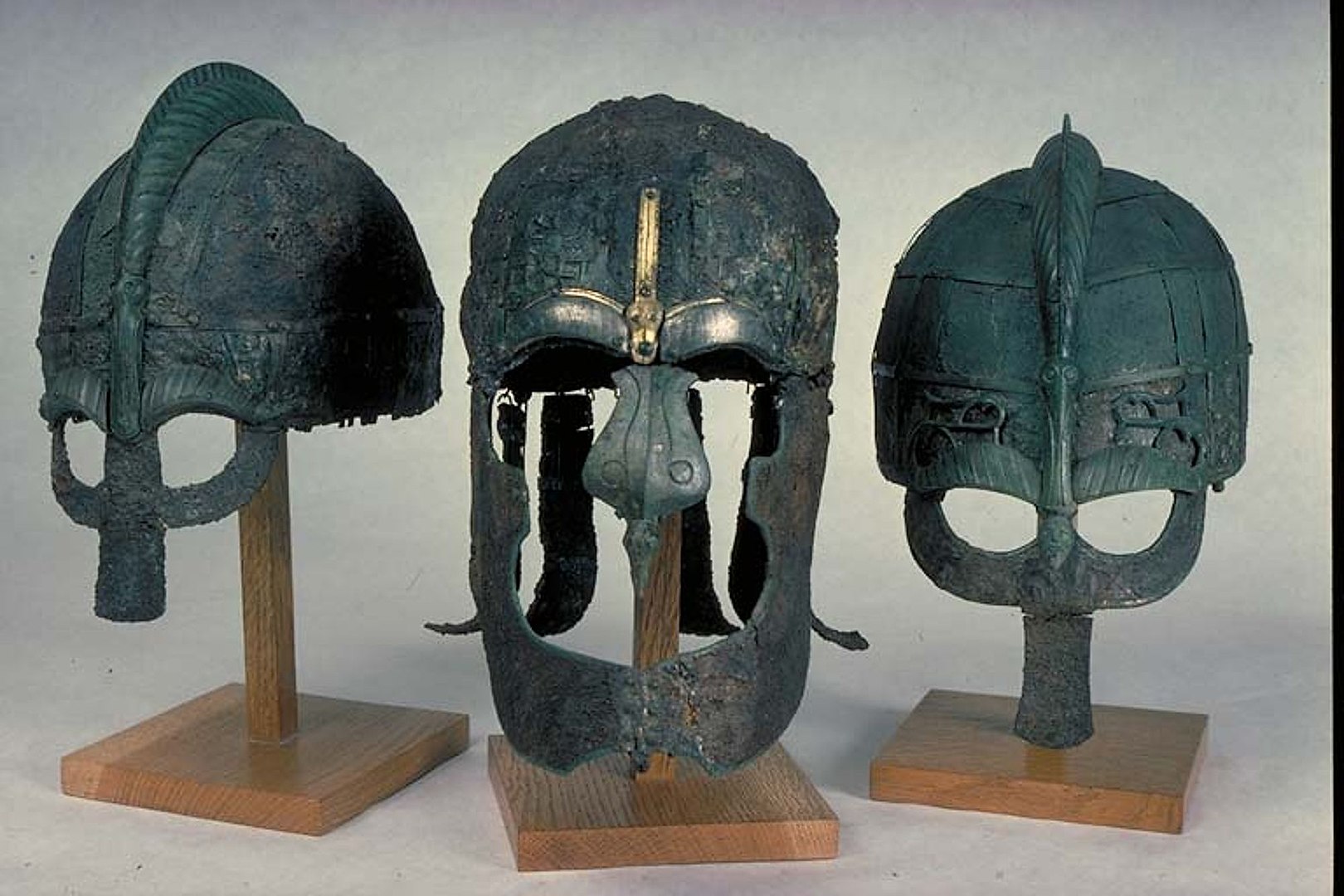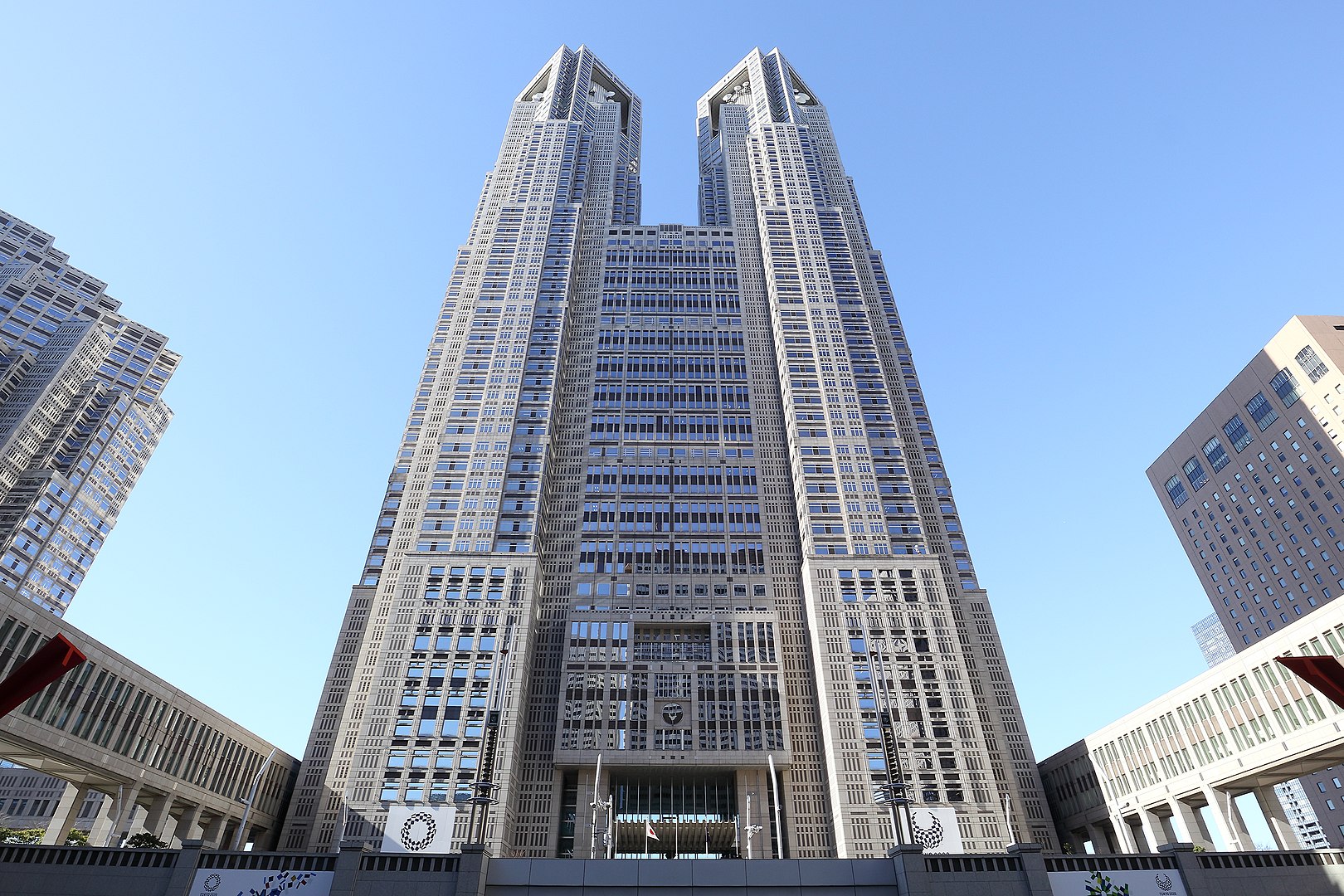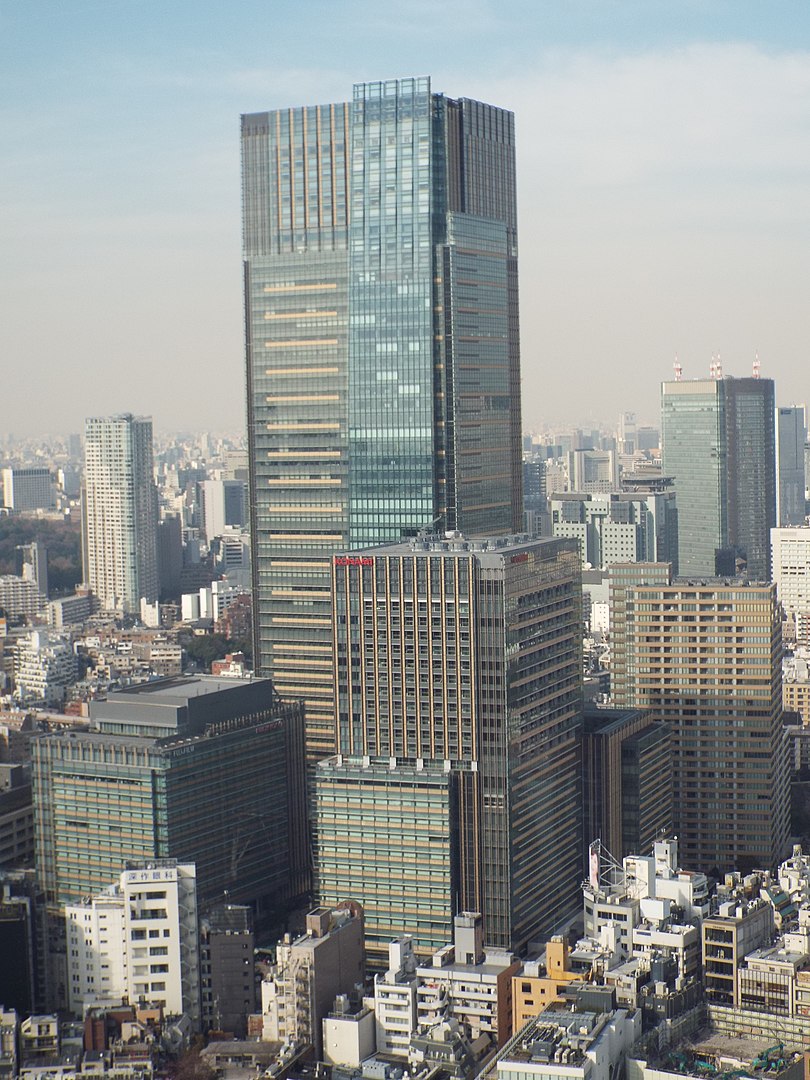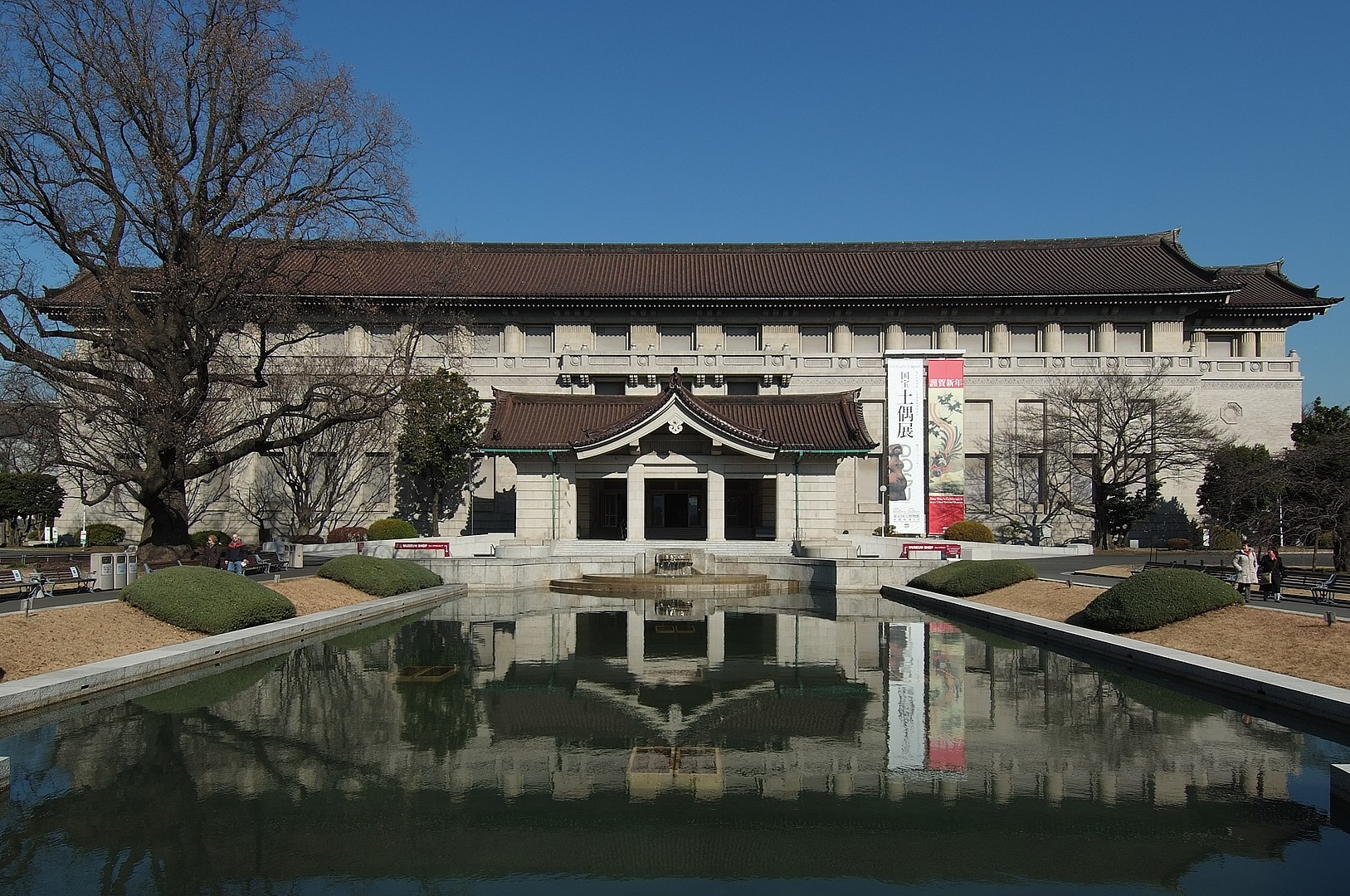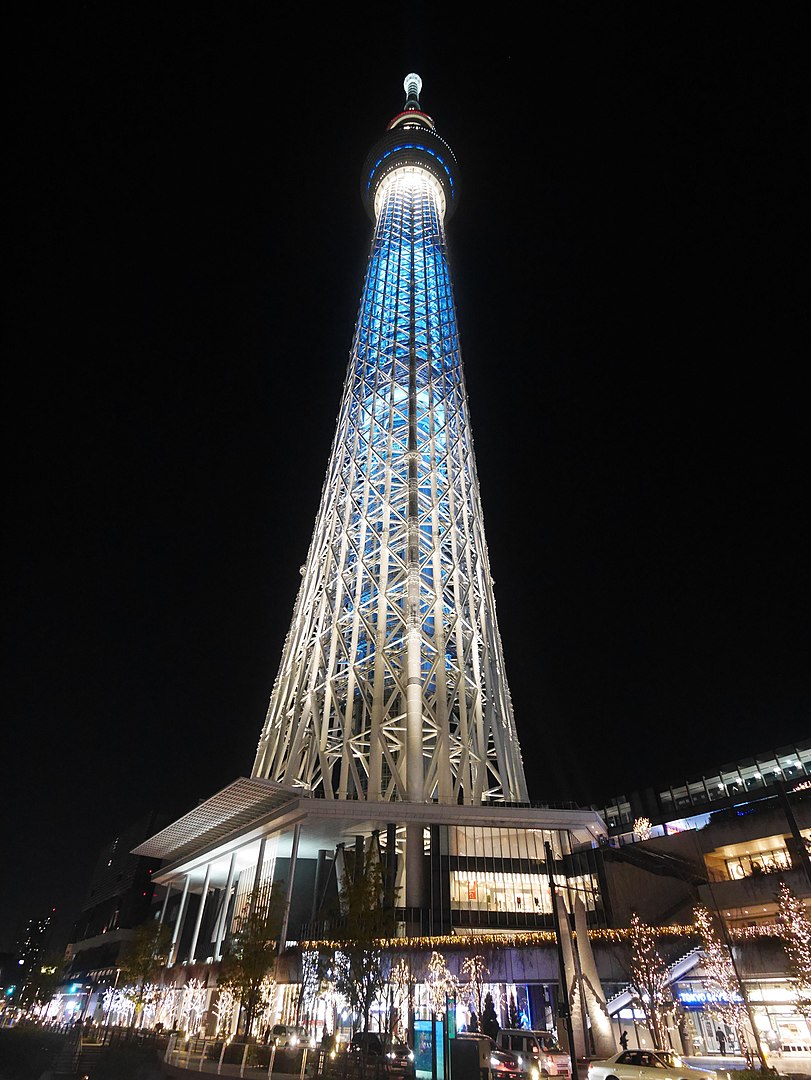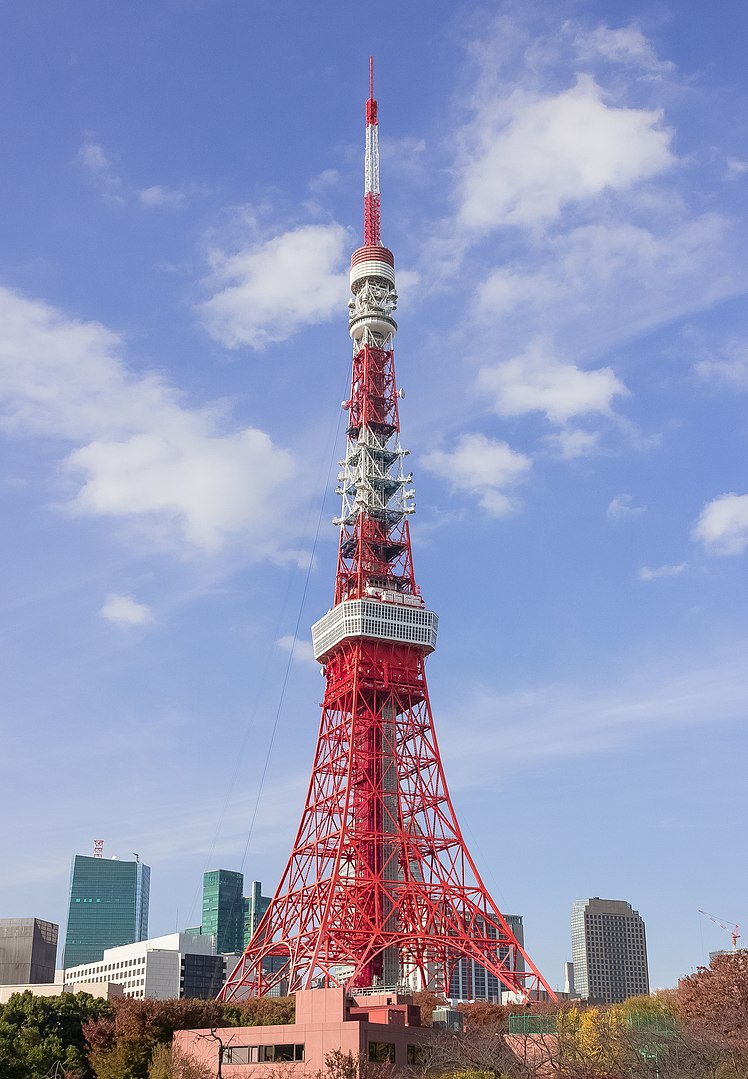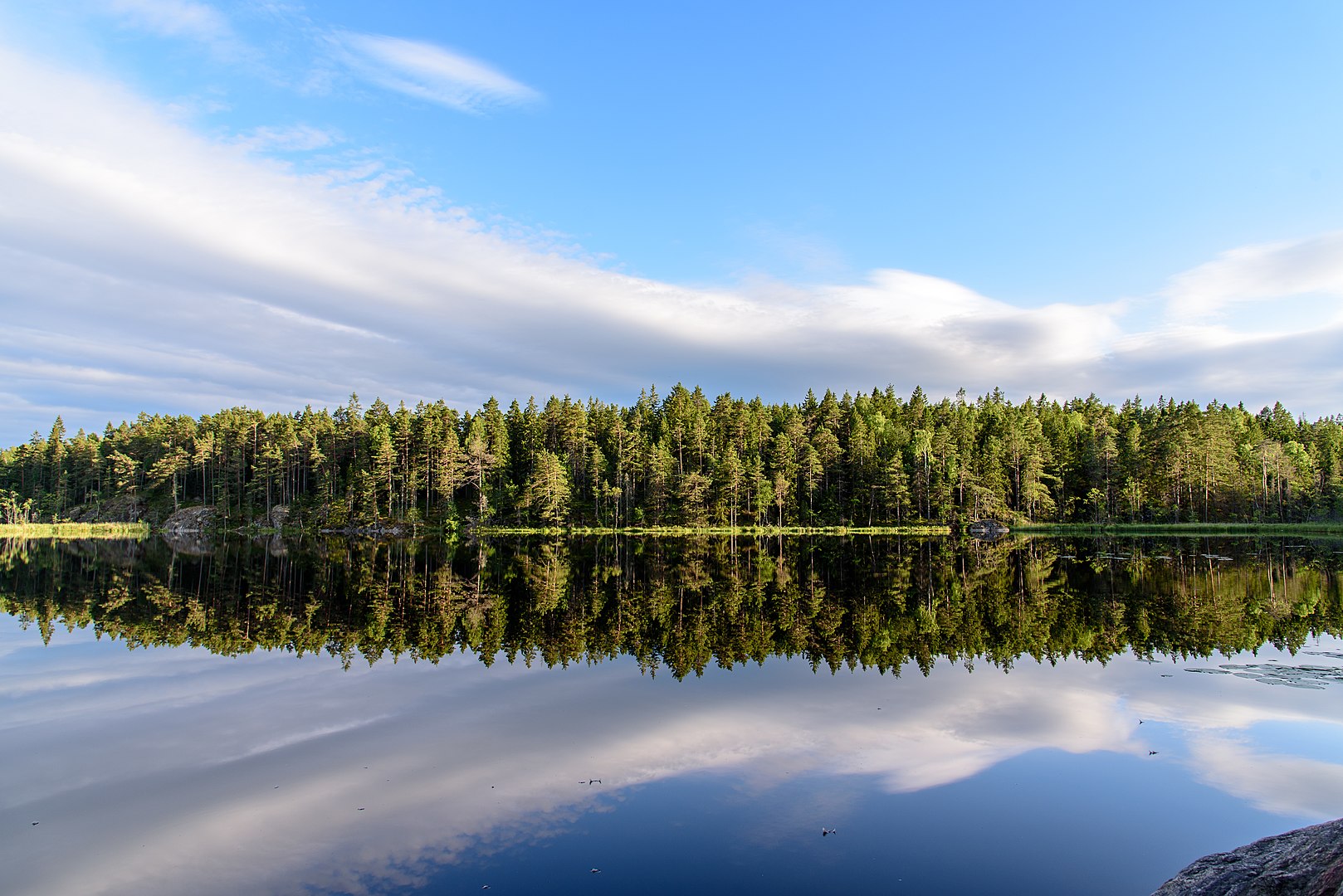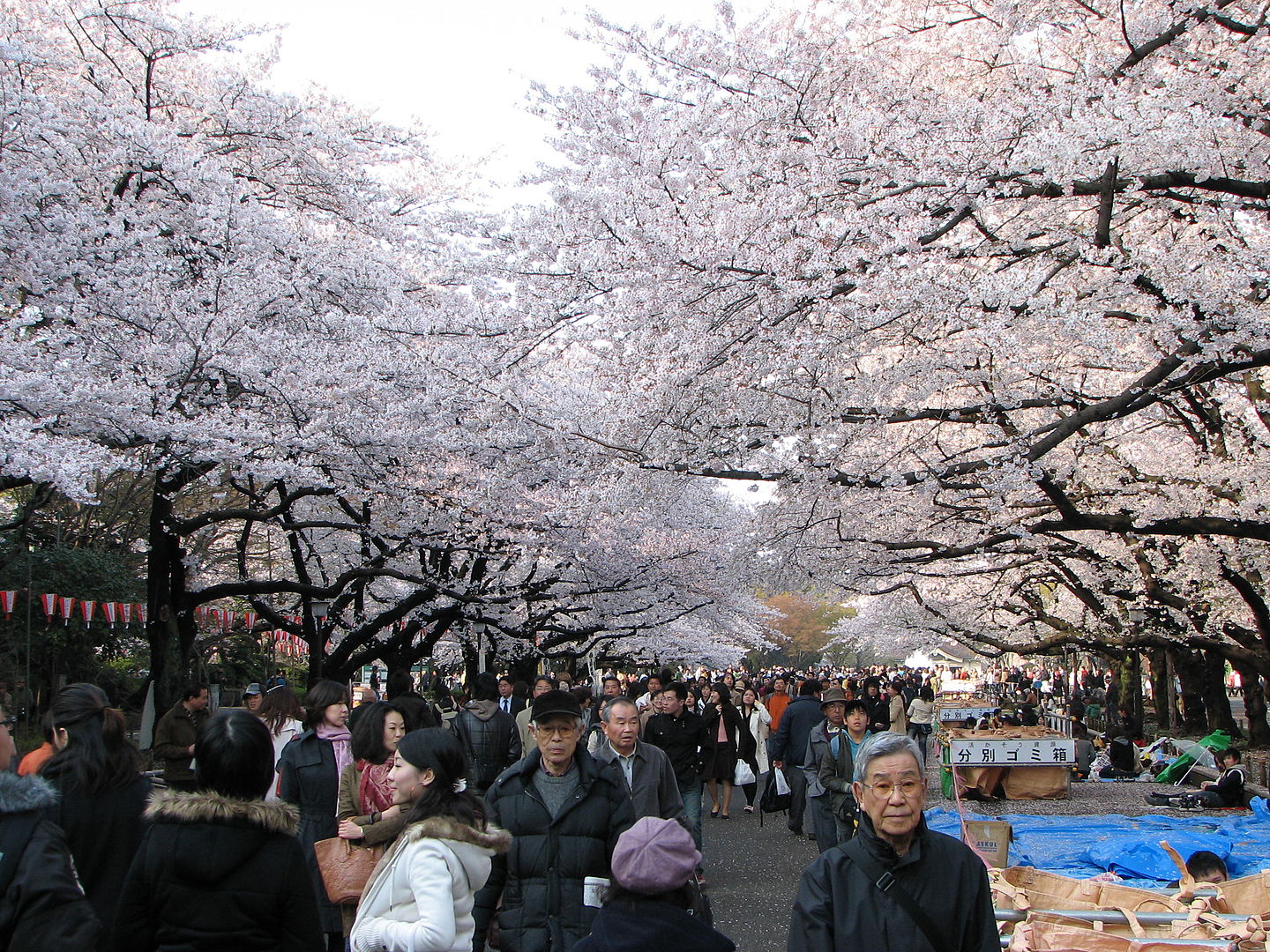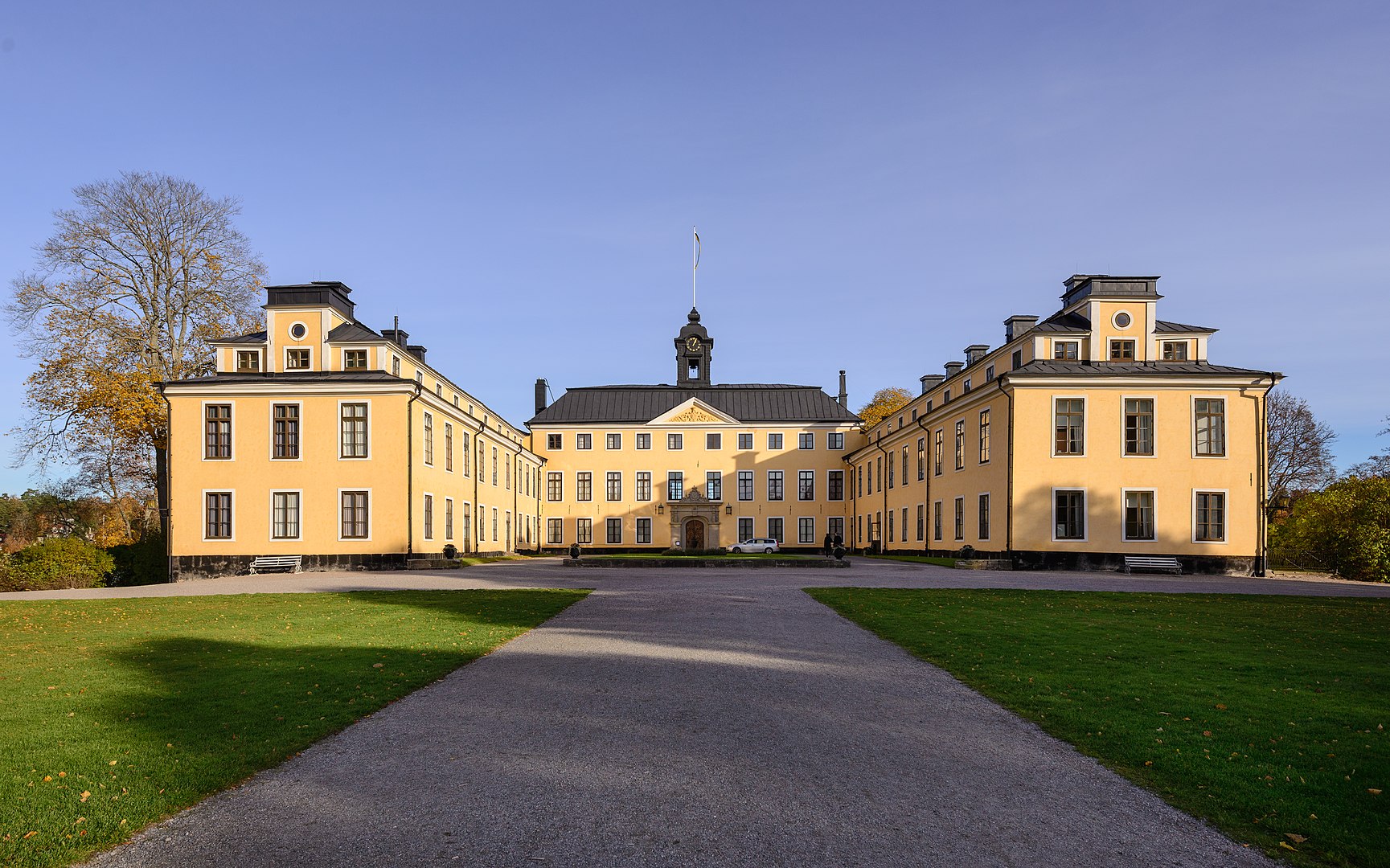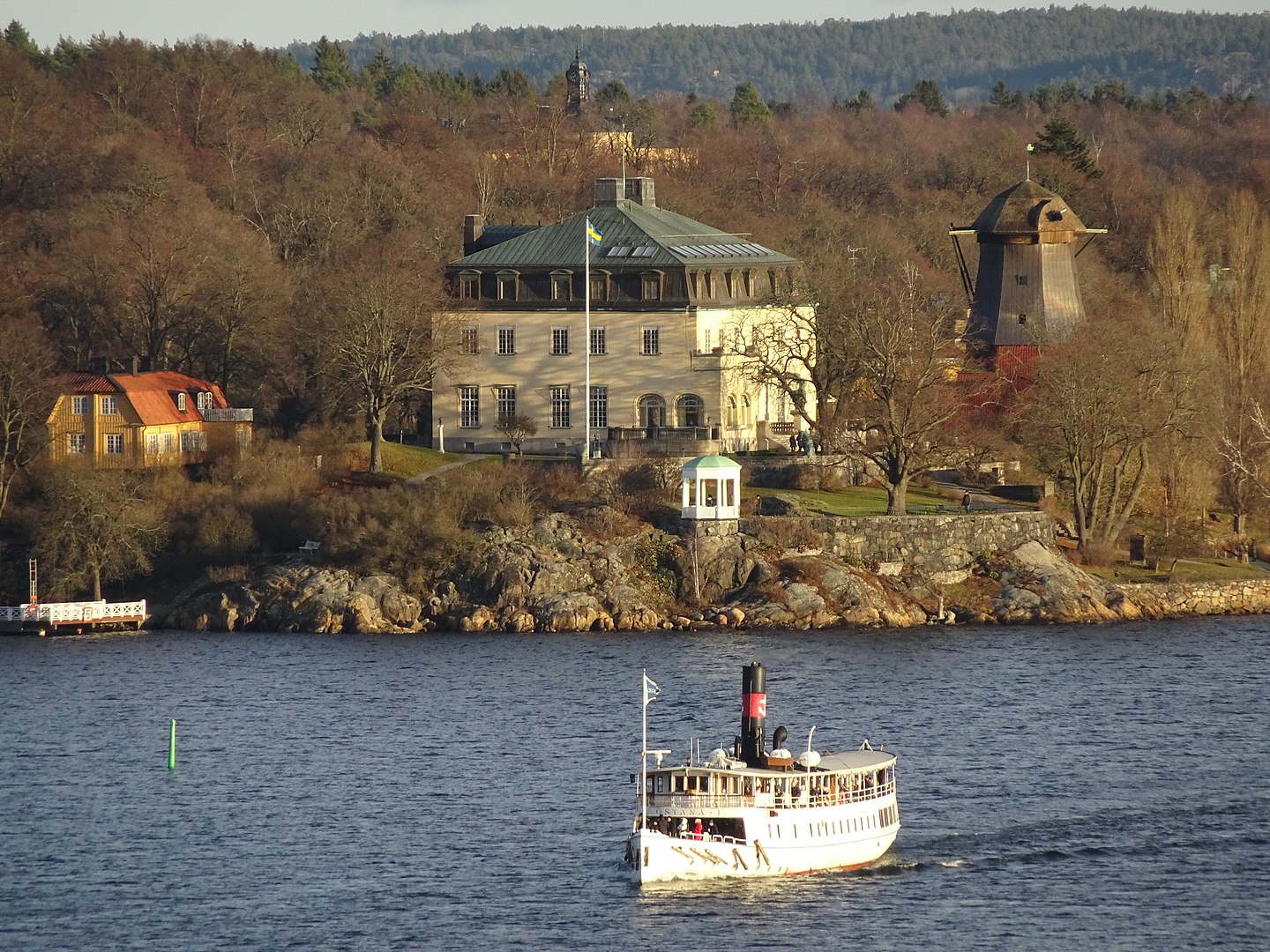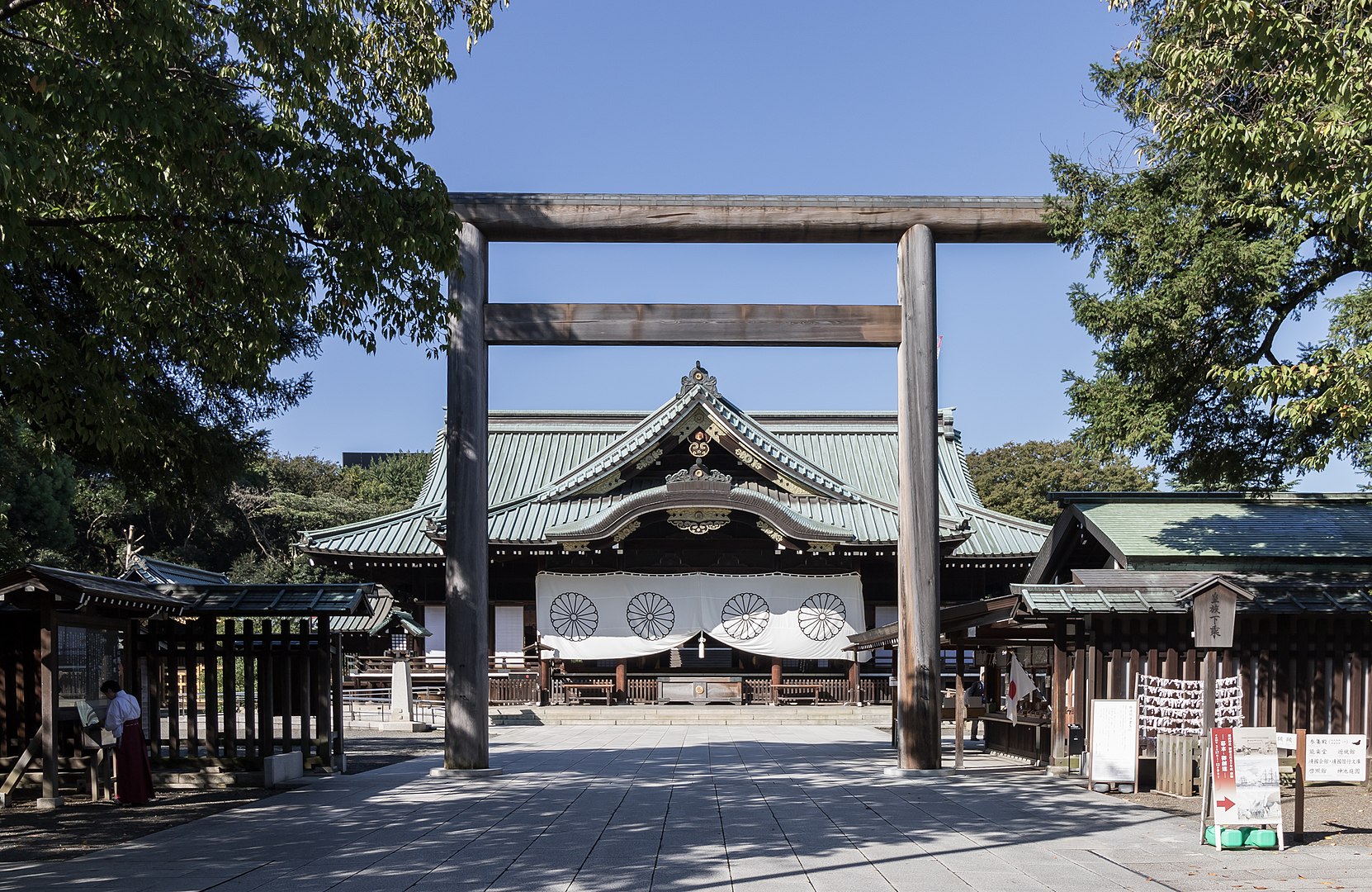TOKYO
Why is Tokyo worth a visit?
Opinions are divided about Tokyo: for some, the Japanese capital is an exciting and vibrant world metropolis – for others, it is an ugly and repulsive juggernaut. The fact is that Tokyo and its neighboring cities represent the largest metropolitan area in the world. Accordingly, there is a lot to see and experience here. If you immerse yourself in the life of Tokyo, you will get to know a cosmopolitan city with many different faces. Here, tradition and modernity as well as Japanese and Western culture meet in many places and result in a particularly exciting mix. You won’t get bored in this city that quickly.
Here are our top 10 reasons to travel to Tokyo:
1. Tokyo is big. The sheer size of the Tokyo metropolitan area and its neighboring cities alone is impressive and a special kind of experience.
2. Tokyo has a lot of history. Although many buildings have been destroyed by fire and bombs over the years, there is still a lot of history to discover in the Japanese capital.
3. Tokyo is a green city. Despite its gigantic size, there are large and small green spaces everywhere in Tokyo’s sea of houses, inviting you to go for walks, picnics, sports, tea ceremonies and, of course, cherry blossom festivals.
4. Tokyo has great viewpoints. From the city’s TV towers and skyscrapers you can enjoy breathtaking panoramic views over the endless sea of houses.
5. Tokyo is a shopping paradise. In hardly any other city in the world shopping is as much fun as it is here. In fact, there is nothing that is not available in the Japanese capital.
6. Tokyo is a great place to eat. Gourmets and lovers of Japanese-Asian cuisine can immerse themselves in unique worlds of pleasure in the city’s estimated 160,000 eateries.
7. Tokyo has an exciting nightlife. When darkness descends on the Japanese capital, one of the world’s most extraordinary, vibrant and uninhibited nightlife experiences begins.
8. Tokyo is a fun metropolis. Hardly any other major city in the world has so many amusement and theme parks to offer in its urban area as the Japanese capital.
9. Tokyo has interesting museums. Whether Japanese history, modern art or technologies of the future – Tokyo’s museum landscape is wide-ranging.
10. Tokyo is diverse. The many neighborhoods of the Japanese capital all have their own flair and subculture to discover.
For whom is Tokyo worth a visit?
Fans of big cities:
Anyone who likes big cities will love Tokyo. The metropolitan area of the Japanese capital and its neighboring cities is still the largest in the world, with a population of around 35 million. You can’t get more megapolis than that.
History buffs:
Anyone interested in Japanese history is in good hands in the capital. Although many historic buildings, such as the former Edo Castle and the Imperial Palace, have been largely destroyed over the course of history, there is still plenty of history to discover in Tokyo.
Architecture buffs:
Tokyo is a mecca for fans of modern architecture. The sheer number of skyscrapers in the city is impressive. Some of the buildings are among the most interesting and architecturally sophisticated in the world.
Museum visitors:
Japanese history and art at the Tokyo National Museum, Tokyo’s urban history at the Edo-Tokyo Museum, Western paintings and sculptures at the National Museum of Western Art, modern art exhibitions at the Mori Art Museum and the National Art Center Tokyo, and science and technology at the Miraikan – Tokyo’s museum landscape has something for everyone.
Park and garden lovers:
Japanese garden art is known far beyond the borders of the country. No wonder Tokyo’s parks and gardens are among the most beautiful in the world. A walk through the Koishikawa Kōrakuen and the Rikugi-en, for example, is a journey into beautiful natural landscapes.
Fans of viewpoints:
Tokyo’s TV towers and skyscrapers offer great opportunities to view the city’s gigantic dimensions from above. From the viewing platforms on the Tokyo Skytree, Tokyo Tower and the Tokyo Metropolitan Government Building, you can enjoy one of the best views in the world.
Shopaholics:
Tokyo is a paradise for shopaholics. Whether you’re into clothing, electronics or typical Japanese products, in the Japanese capital you’re spoiled for choice between thousands and thousands of stores offering every imaginable product in the world.
Japanese cuisine lovers
For sushi, tempura and Kobe beef fans, there is definitely no better place in the world than Tokyo. Lovers of Japanese and Asian cuisine will not have experienced all facets of Tokyo cuisine even after years in the Japanese capital.
Party animals:
If you want to turn night into day, Tokyo is the place to be. Whether you want to go on a pub crawl, dance the night away in clubs and discos, or seek entertainment of other kinds, Tokyo’s nightlife is one of the most vibrant and diverse in the world.
Pleasure-seekers:
Few major cities in the world can compete with Tokyo when it comes to amusement and theme parks. The modern amusement park of Tokyo Dome City, the Tokyo Joypolis theme park, the nostalgic Hanayashiki Amusement Park and many other parks guarantee fun and adrenaline kicks for young and old.
Best time to travel
The best time to visit Tokyo is spring (March and April) and fall (October and November). In these months, the temperatures in the Japanese capital are quite pleasant and especially the gardens of the city then show in the most beautiful colors. From mid-March to mid-April is the time of cherry blossom and from about mid-October to the end of November the trees turn their autumn colors (both absolutely unforgettable natural spectacles). In the summer months (July and August) it can get very hot in Tokyo. Temperatures over 30 degrees Celsius are not uncommon. From around mid-June onwards it is the rainy season and in September typhoons often sweep over the city. Summer is therefore not necessarily the best time to travel. In the winter months (December to February), on the other hand, it can get quite chilly in Tokyo.
Getting there
By car:
Impossible from Europe.
By train:
Impossible from Europe.
By plane:
Tokyo has two major international airports, Haneda and Narita. From both there are daily connections to Germany, Austria and Switzerland. From Tokyo Haneda there are daily flights to Frankfurt/Main, Munich and Vienna. And from Tokyo-Narita there are connections to Düsseldorf, Frankfurt/Main, Vienna and Zurich.
Shopping
Tokyo is one of those cities in the world where you can travel just for the sake of shopping. In the Japanese capital there is really nothing that does not exist. The range of items most sought after by tourists extends from Japanese fashion to antiques and traditional crafts to the latest high-tech electronic gadgets.
Shopping in Tokyo is worthwhile for two reasons alone: First, many things are cheaper in the Japanese capital than in our latitudes. And secondly, you can find many things in Tokyo that you simply can’t buy in Europe. Of course, this is especially true for typical Japanese objects and souvenirs, such as calligraphy utensils, bonsai plants or sushi covers, but also for fashion by Japanese designers and brands. In addition, the capital of Japan is, of course, also a paradise for electronics freaks and all fans of offbeat Japanese youth cultures. Tokyo is often the first city in the world to launch the latest electronic gadgets or youth cult items.
And last but not least, Tokyo is an enormously diverse shopping metropolis. This is ensured not only by the sheer size of the city, but also by the incredible range of different shopping options. From luxury to bargain department stores, from large chains to independent stores, from markets to mini-shops, there is every conceivable form of business and shopping in Tokyo. Shopping in the Japanese capital is definitely never boring! This is also ensured by the distinct shopping flair of the various districts of Tokyo.
If you like chic and classy shopping, Ginza is the place to be. Ginza is the most established and luxurious shopping district in Tokyo. Here you can get rid of your money in the noble boutiques and flagship stores of the big international brands. Definitely worth a visit are the chic department stores of the district. But Ginza is not only worth a visit for lovers of luxury goods. Here you will also find a number of stores selling products of traditional Japanese handicrafts.
Those looking for traditional Japanese goods and souvenirs should head to Asakusa. The many small streets and winding alleys of Asakusa are full of shopping surprises. The most interesting and also the most famous street of the district is Nakamise-dori. This 250 meter long street is not only one of the oldest shopping streets in Japan, but also one of the most beautiful. It is in the style of a district from the former Edo period and leads to Tokyo’s oldest temple, Sensō-ji. To the left and right of Nakamise-dori are about 90 stalls where you can buy souvenirs, traditional Japanese goods and food. If you want to buy a Japanese fan, a kimono, a samurai sword or a maneki neko waving cat, this is the place to be. The second famous shopping street in Asakusa is Kappabashi-dori. It is the paradise par excellence for all professional and hobby cooks. In about 200 stores you can really find everything you need in a (Japanese or European) kitchen.
Harajuku, on the other hand, is more trendy. If you are into fashion and other things of the Japanese youth culture(s), this is the right place. With its many stores and boutiques, Harajuku is the fashion center of younger Tokyoites. Takeshita Street in particular is the place to be for the hip kids. On weekends, thousands and thousands of teens and twens flock here to stock up on the latest fashion trends. If you’re more into high fashion, head down the beautiful Omotesandō Avenue on the outskirts of Harajuku. It is one of Tokyo’s best shopping areas for luxury goods.
Next to Harajuku, Shibuya is the second most popular shopping district among younger Tokyoites, who stuff their pockets with the latest teen trends here. Hip (and often cheap) clothing and music stores are everywhere here. Those over 30 may already feel a little old in Shibuya.
If there’s a paradise shopping district in Tokyo, it’s probably Shinjuku. Shopping in Shinjuku is a challenge even for experienced power shoppers, and it can become overwhelming at times. The shopping dimensions of Shinjuku are simply overwhelming: huge department stores with over 10 floors, gigantic electronics and clothing stores. And all this embedded in a chaos of noise, shrill neon signs and thousands of passers-by that numbs your senses.
Those who prefer shopping malls will feel right at home in Odaiba. The artificial island on the northern edge of Tokyo Bay is home to no less than four shopping malls and an outlet center in a very confined space. Especially on rainy days, a great shopping experience is guaranteed here.
For all electronics fans and otaku nerds, Akihabara is the shopping paradise on earth. The district is Tokyo’s traditional hub for all kinds of electronic products. In the famous department stores of Akihabara, electronic freaks can find just about every electronic gadget that even exists in the world. In addition to electronics, the district is also a center of anime, J-pop and manga culture. However, Akihabara is equally worth a stroll for lovers of bookstores and high-end craft stores.

Food and drink
For gourmets and lovers of Asian cuisine, Tokyo is one of the most prestigious places in the world. It is estimated that there are about 160,000 restaurants and eateries of all kinds in the Japanese capital. So you are spoiled for choice. Whether it’s a Michelin-starred restaurant or an authentic local eatery, a stylish cocktail bar or a rustic beer bar, there’s a place for every taste in Tokyo.
Two tips in advance to prevent two widespread misconceptions. First, eating out in Tokyo doesn’t have to mean financial ruin. Of course, many bars and restaurants in the Japanese metropolis are not exactly cheap. But if you look around a bit, you will find that there is almost always a good and cheaper alternative a few meters away. And secondly, knowledge of Japanese is not a basic requirement for not starving in Tokyo. Many places now have menus in English. And if not, the very common (ultra-realistic) plastic replicas of the dishes on the menu will help you out.
If you’re traveling in Tokyo, the first thing you should focus on is Japanese cuisine, which is a revelation, especially for fans of rice and noodles. Noodle lovers can choose between Chinese noodles (rāmen) or Japanese noodles made from buckwheat (soba) or wheat flour (udon). The noodles are prepared in a variety of ways – boredom is definitely out of the question. By the way, what is considered bad manners in our latitudes is expressly allowed in a Japanese restaurant: slurping. Allegedly, this allows the flavor to be better expressed.
Tempura is also an indispensable part of Japanese cuisine. The delicate pastry shells with deep-fried fish, shrimp, vegetables or mushrooms are a treat for the palate that you can quickly get used to. But meat is also on the table in Tokyo, mostly in the form of small wooden skewers. Very popular are the beef dishes sukiyaki and shabu-shabu, a kind of fondue. Also known in Europe are the Teppanyaki pork slices with vegetables. Meat dishes in Tokyo are often prepared directly at the table. Meat lovers who have come to Tokyo on a particularly large travel budget should not miss the world-famous Kobe or Matsusakaya beef. The cattle are fattened with beer and their meat is kept tender with regular massages. More meat enjoyment is hardly possible.
In general, however, Japanese cuisine is more fish-heavy. Fish served on pieces of rice (sushi) or cut into fine slices (sashimi) has triumphed worldwide in recent decades and is eaten in just about every corner of the world. Eating at the counter in a Tokyo sushi joint is a special experience. The selection and quality in the Japanese capital still puts everything commonly known in Europe in the shade.
By the way, fish lovers who want a special thrill can go to a fugu restaurant in Tokyo and eat the liver of the so cute-looking puffer fish. However, the fish liver is not cute at all, because the innards are so poisonous that eating them can even have fatal consequences if they are not prepared properly. But don’t worry: Fugu chefs have special training, of course, so that the number of poisonings is kept well within limits.
Another very special culinary treat should not be missed in Tokyo: Kaiseki-ryōri. This refers to the tiny appetizers served at a Japanese tea ceremony. Usually, the artfully arranged appetizers have a seasonal reference. Kaiseki-ryōri are anything but inexpensive, but this consummation of Japanese food culture is something every visitor to Tokyo should have enjoyed once in the unique ambience of a Japanese tea house.
Last but not least, a word about Tokyo’s beverage culture. Japan is not known to be a wine-growing country. Accordingly, wine bars are rare (and expensive). Beer drinkers have it much easier. The Japanese are real fans of barley juice. And of course you should try a sake with a meal (or just for fun). Japan is also a designated whiskey country. The country’s spirits are among the best in the world and are definitely worth a tasting.
Nightlife and entertainment
The Japanese are generally considered to be rather closed people. Anyone who has experienced Tokyo at night will definitely have to give up this prejudice. Because when night falls on the Japanese capital and the neon lights come on everywhere, one of the most vibrant, extraordinary and uninhibited nightlife in the world begins. In Tokyo nightlife, there is really nothing that does not exist. No wonder, the city has to satisfy the going-out and party tastes of around 35 million people. Accordingly, you can have a drink in super-stylish cocktail bars in skyscrapers, drink a few beers and/or sake in a lively izakaya (Japanese pub), dance in clubs and large discos and, of course, show off your singing talent in a karaoke bar.
Those who want to turn night into day in Tokyo either head for one or more nightlife venues specifically or go to a neighborhood that best suits their tastes in terms of flair, music and drinks. Younger people (or the eternally young at heart) should head to Shibuya. The neighborhood’s bars, clubs and discos are where Tokyo’s younger crowd gathers to party. From electro to R&B and reggae to techno, just about every style of music is catered to here.
In addition to Shibuya, Roppongi is also a designated nightlife and party district. Roppongi is especially popular with foreign visitors. Whereas in many parts of Tokyo English does not get you very far, the bars, cafés and clubs in Roppongi are well adapted to the foreign audience.
However, Tokyo’s entertainment district par excellence is Kabukichō. The neighborhood in the Shinjuku district is the center of Tokyo’s entertainment and red light scene and offers just about every form of entertainment and nightlife. The countless hostess bars, love hotels, pubs, nightclubs and gambling halls have (rightly) earned the district the nickname “the sleepless city”. If you want to party until dawn and are looking for a special kind of entertainment, Kabukichō is the place to be.
And last but not least, no Tokyo party night should end without a visit to Shinjuku Golden Gai. In the middle of the Shinjuku district lies a narrow six-row alleyway block whose run-down appearance doesn’t seem to fit in at all with the ultra-modern look of Shinjuku. But that’s exactly why Golden Gai is the perfect place to have a drink or two. In the winding alleys, one bar is lined up after the other. In total, there are probably around 300, where you can experience Japan’s unique drinking culture. Many of the bars in Golden Gai are dedicated to a special theme or a particular style of music. Some of the establishments are so small that there is room for just five guests. By the way, tourists are not allowed to enter everywhere. Some of the pubs are for members only.
Last, but not least, two important practical tips about nightlife in Tokyo. First, cross-district bar hopping in Tokyo is not as easy as you might think. Almost unbelievable, but true, is that between midnight and about 5 a.m., no trains run in the Japanese megapolis. Those who are well off can take an expensive cab to get from one neighborhood to the next. All others better limit their nightlife activities to a certain district. And second, those who want to consume alcohol must be at least 20 years old in Tokyo.
Sights
- All in Tokyo
- Alle in Stockholm
- Beaches
- Bridges
- Castles & Palaces
- Churches & Monasteries
- Districts
- Gardens & Parks
- Highlights
- Historical buildings
- Museums & Galleries
- Natural landscapes & National parks
- Other sights
- Shopping
- Streets & Squares
- Theater & Opera houses
- Theme & Amusement parks
- Viewpoints
- World Heritage Sites
- Zoos & Aquariums

Photos: Francisco Anzola, Tokyo Tower (218544801), CC BY 3.0 / Chris 73 / Wikimedia Commons, Imperial Palace Tokyo Panorama, CC BY-SA 3.0 / Kakidai, 2018 Zōjō-ji 2, CC BY-SA 4.0 / くろふね, 隅田公園右岸からスカイツリーと桜, CC BY-SA 4.0 / Kakidai, Seimon Ishibashi 3, CC BY-SA 4.0 / Benh LIEU SONG from Torcy, France, Koishikawa-Kōrakuen Steps (31993901208), CC BY-SA 2.0 / Kakidai, Hibiya Park in autumn 2, CC BY-SA 4.0 / Ajay Suresh from New York, NY, USA, Day2-2 (40909714314), CC BY 2.0 / Myshkin., Nezu jinja – Torii 3, CC BY-SA 4.0 / Kakidai, 2018 Chumon Torii (Yasukuni Shrine) 2, CC BY-SA 4.0 / Celuici, Golden Gai from above, May 2017, CC BY-SA 3.0 / 江戸村のとくぞう (Edomura no Tokuzo), 三社祭ー仲見世, CC BY-SA 3.0 / Davide Mauro, ASIMO in Miraikan 06, CC BY-SA 4.0 / Chad Kainz from Monterey, CA, USA, Panorama of Tokyo Bay; 2017, CC BY 2.0 / kanesue, 東京スカイツリー – panoramio (52), CC BY 3.0 / Celuici, Shibuya Crossing, May 2017 3, CC BY-SA 3.0 / Kakidai, Kabukicho Ichibangai 2, CC BY-SA 4.0 / T.Kiya from Japan, Tokyo Sky tree. 東京スカイツリー (24018147244), CC BY-SA 2.0 / Kakidai, Tokyo Tower Afterglow 2, CC BY-SA 3.0
English version: Partial machine translation by DeepL






